Story and photos by Jonathan Sharp
After our first day or so in Turin (see Scaglietti in Turin) and the visit to the Scaglietti exhibition, the next day went well, in fact I would say very well. As previously planned, Signor Hardouin from the Fiat Chrysler Automobiles Press office arrived bang on time to pick us up from the Hotel Lingotto, paying our respects to the fascinating Siata Amica as we went out the door.
The first stop of the day was about ten minutes away and located on Corso Dante. Centro Storico is normally only open to the public on a Sunday, but this is Thursday morning so Signor Hardouin swipes his staff card to gain us a private viewing. The Centro Storico museum is located on the site of the original Fiat factory though the museum building is now surrounded by upmarket apartments. We are joined by Massimo Castagnola, the company’s historian, who is to be our guide this morning. https://www.fcagroup.com/en-US/group/regions/emea/Pages/centro_storico.aspx
The vehicles and other items on display tell the story of the company from the 1899 3.5 hp right up to the Dino Coupe. In addition to the cars, the Museum also displays Fiat-built goods such as a washing machine and fridge, a railway engine, various aero engines, and even a Fiat G91 jet fighter located up on the second floor. That floor also contains a large selection of the advertising posters and photographs. Talking of the posters, all the posters on display were originals except the oldest one, seen below which is a reproduction, they have the original but it is in their safe. We have inserted photos of the posters seen at the Centro Storica in the appropriate places between images of the cars.
As you can imagine we spent several hours enjoying the exhibits and Massimo’s expert knowledge, but soon it became time to leave and this being Italy, Signor Hardouin decided that we needed to eat lunch before travelling to our next destination, so it was back to the Jeep and off to eat…
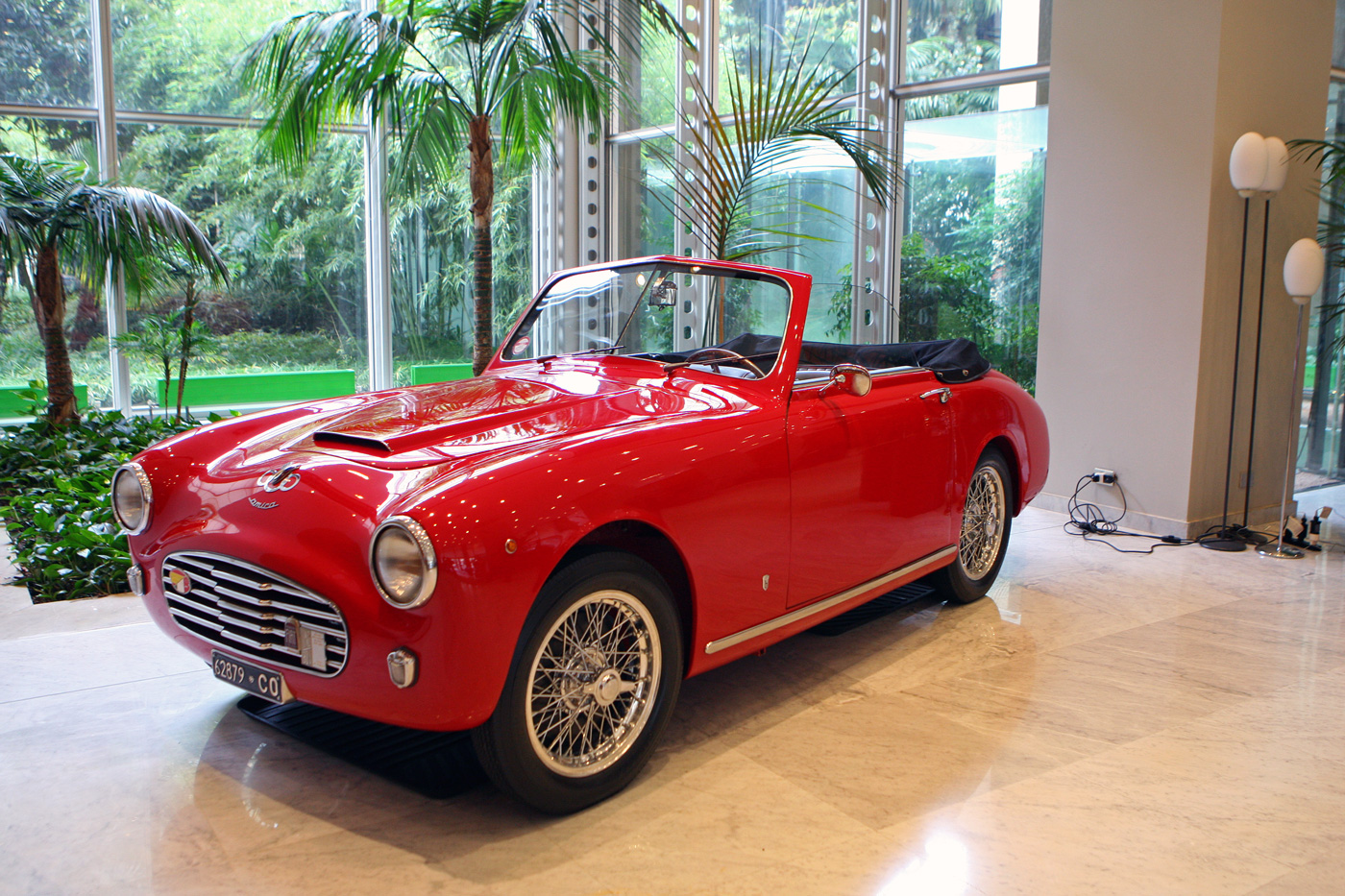
On our previous stay at the Lingotto Hotel they had on display in the reception area, courtesy of Fiat Heritage, the Lancia Loraymo. This time, again courtesy of Fiat Heritage, they had displayed this rather lovely 1951 Siata Amica.
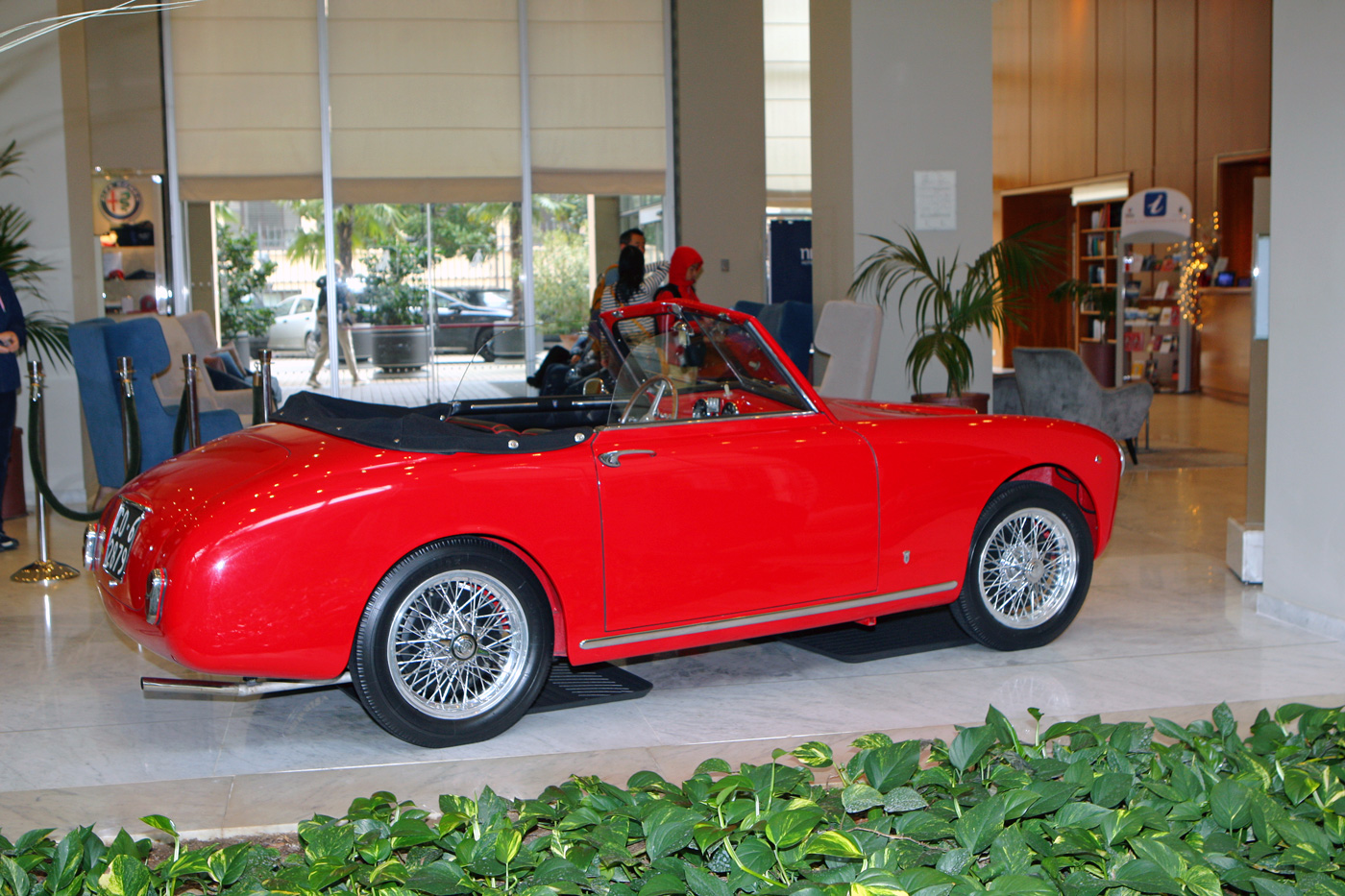
The coachwork is by Bertone, power is provided by a 570cc four cylinder engine with a Siata Double carburettor head and manifold producing 22 bhp giving the Amica a top speed of 105 kph. In production between 1949 and 1951.
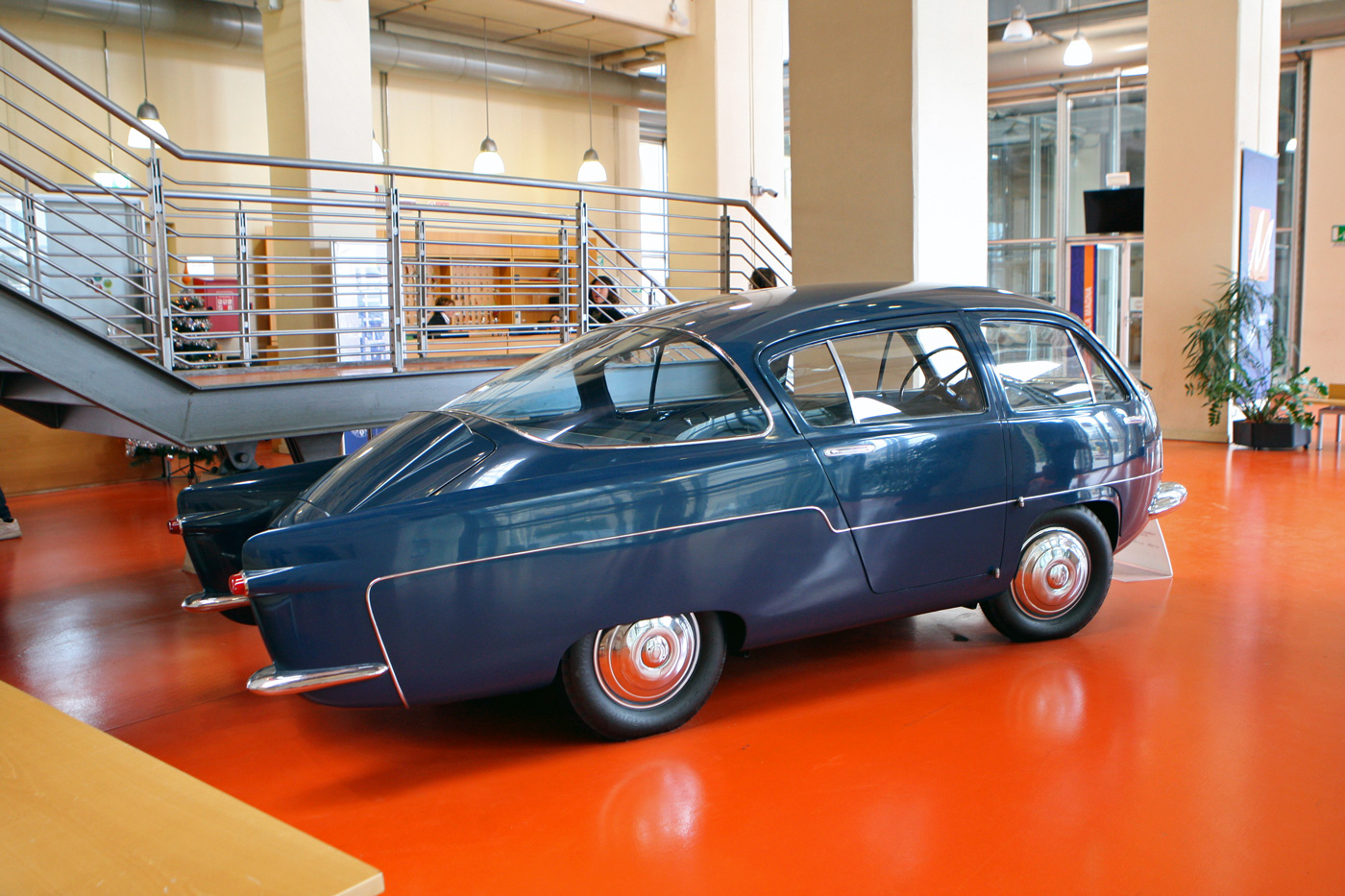
Next door to the Lingotto Hotel is the Turin Polytechnic and lurking in the reception area was this unusual experimental car, The 1955 Fiat based M1000 was the work of Alberto Morelli who was a Professor at the Polytechnic. Built as an aerodynamic study, when tested in the Pininfarina wind tunnel in 1977 the M1000 produced a drag coefficient reading of 0.295
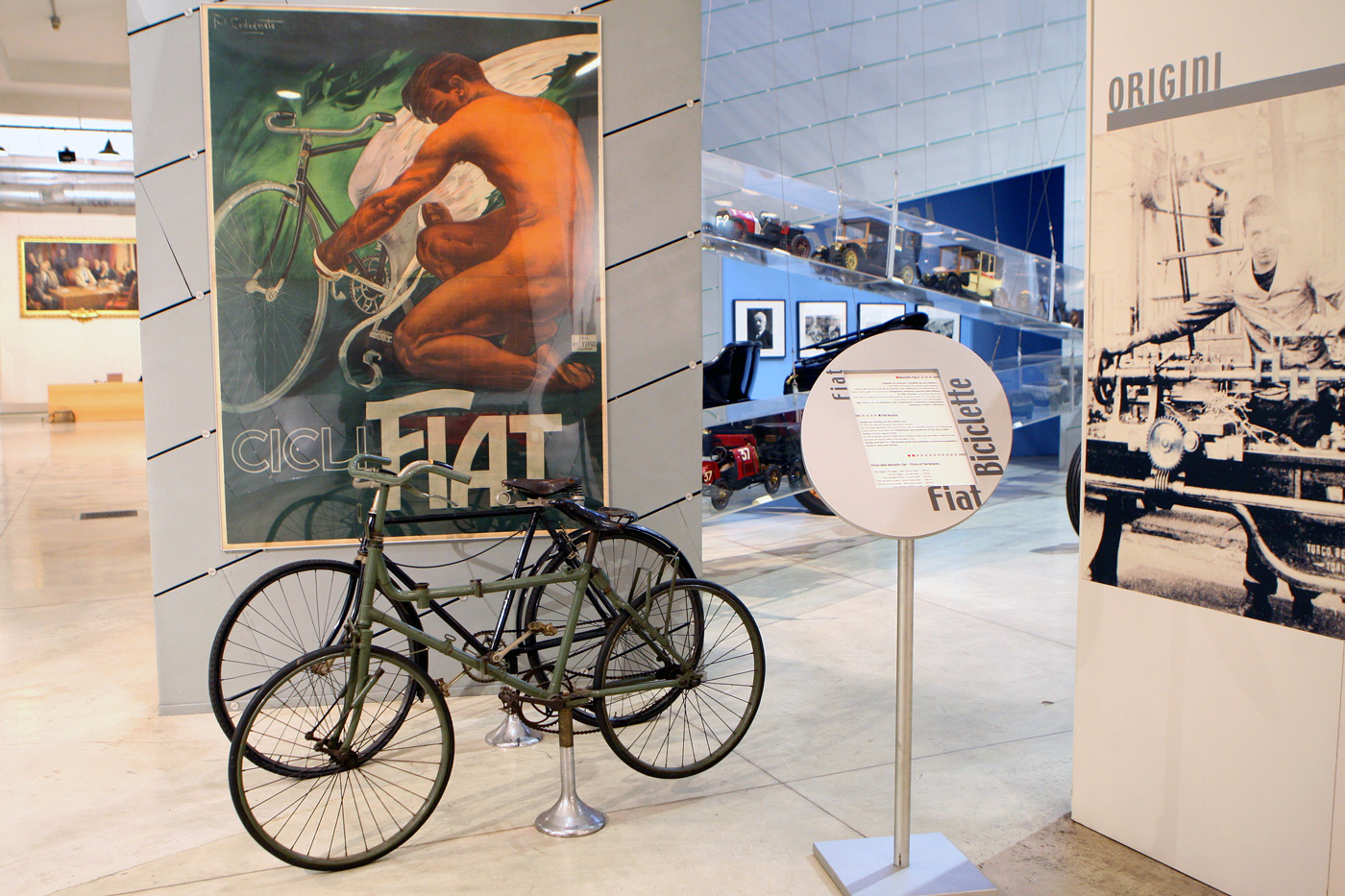
In 1909 Fiat decided to start producing Bicycles, Fiat Cicli began operation in a workshop located at 34 via Marochetti near the Corsa Dante plant. Components were produced at a site in Villar Perosa with the tyres coming from Pirelli. In 1910 the company produced 25000 bicycles and the proved to be very popular with soldiers of the Bersaglieri Corps and were very successful when used in competition.
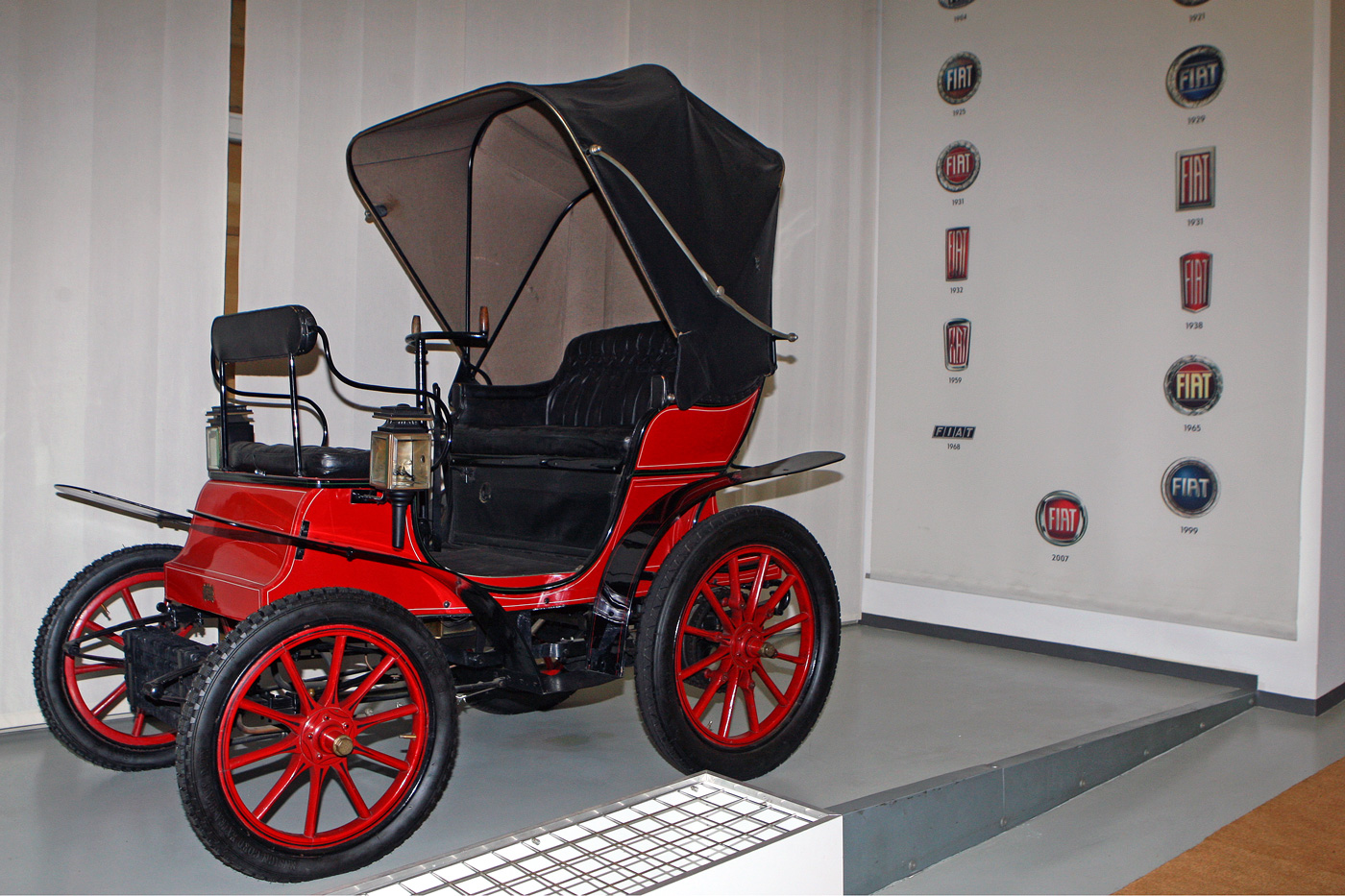
The first automobiles produced by Fiat was the 4 hp model shown here, constructed in 1899 at the recently purchased workshop of Ceirano located in Corsa Dante. Designed by the engineer Aristide Faccioli, it was able to carry 2 to 3 passengers facing each other. At the time of construction there was only 111 automobiles in Italy. The DUC body was designed by Marcello Alessio. 26 examples in total were produced.
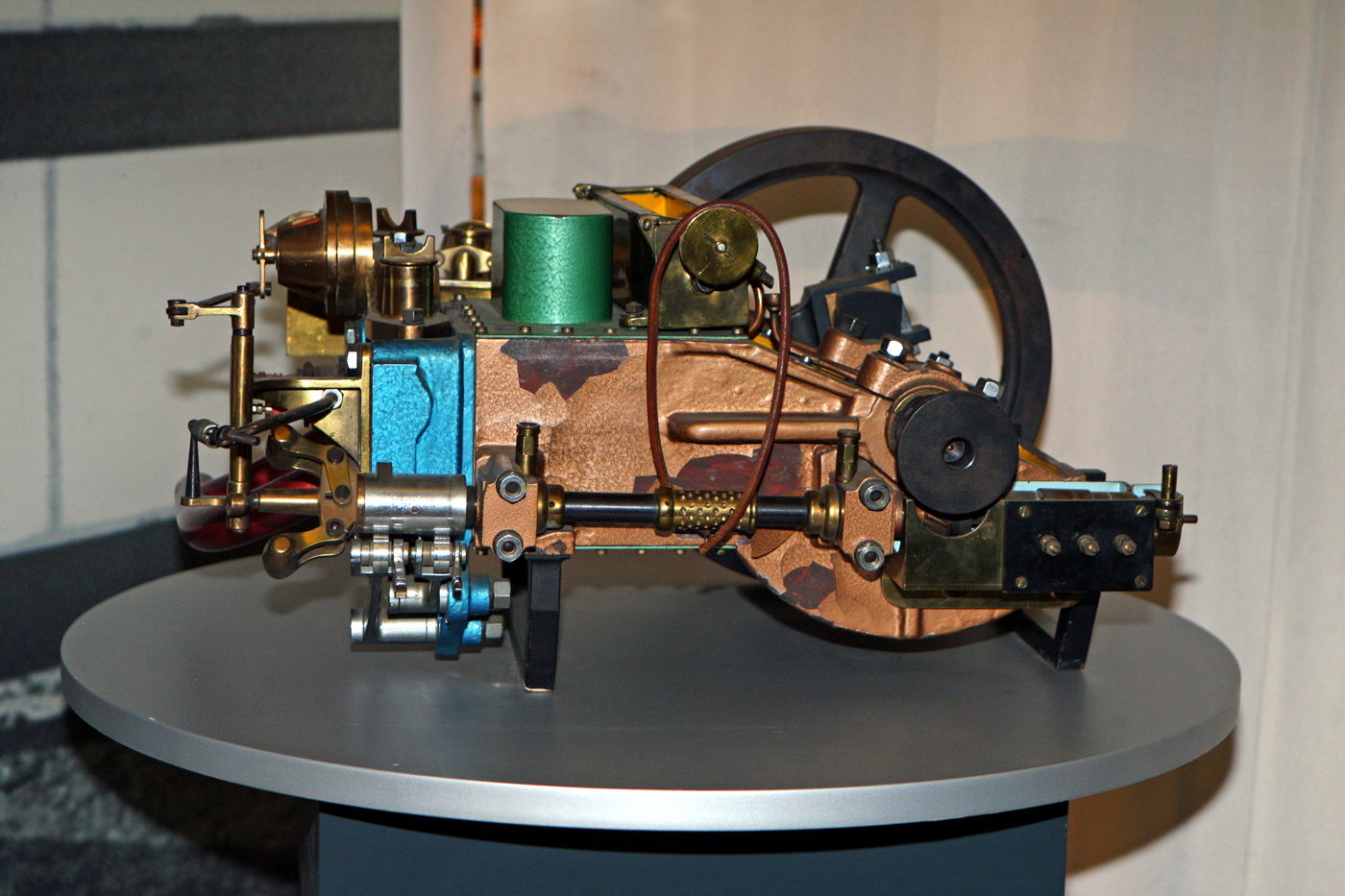
The 3.5 hp engine which powered the first Fiat Motor car had a cubic capacity of 679cc and actually produced 4.5 hp, but was nominally rated at 3.5 hp for tax purposes.
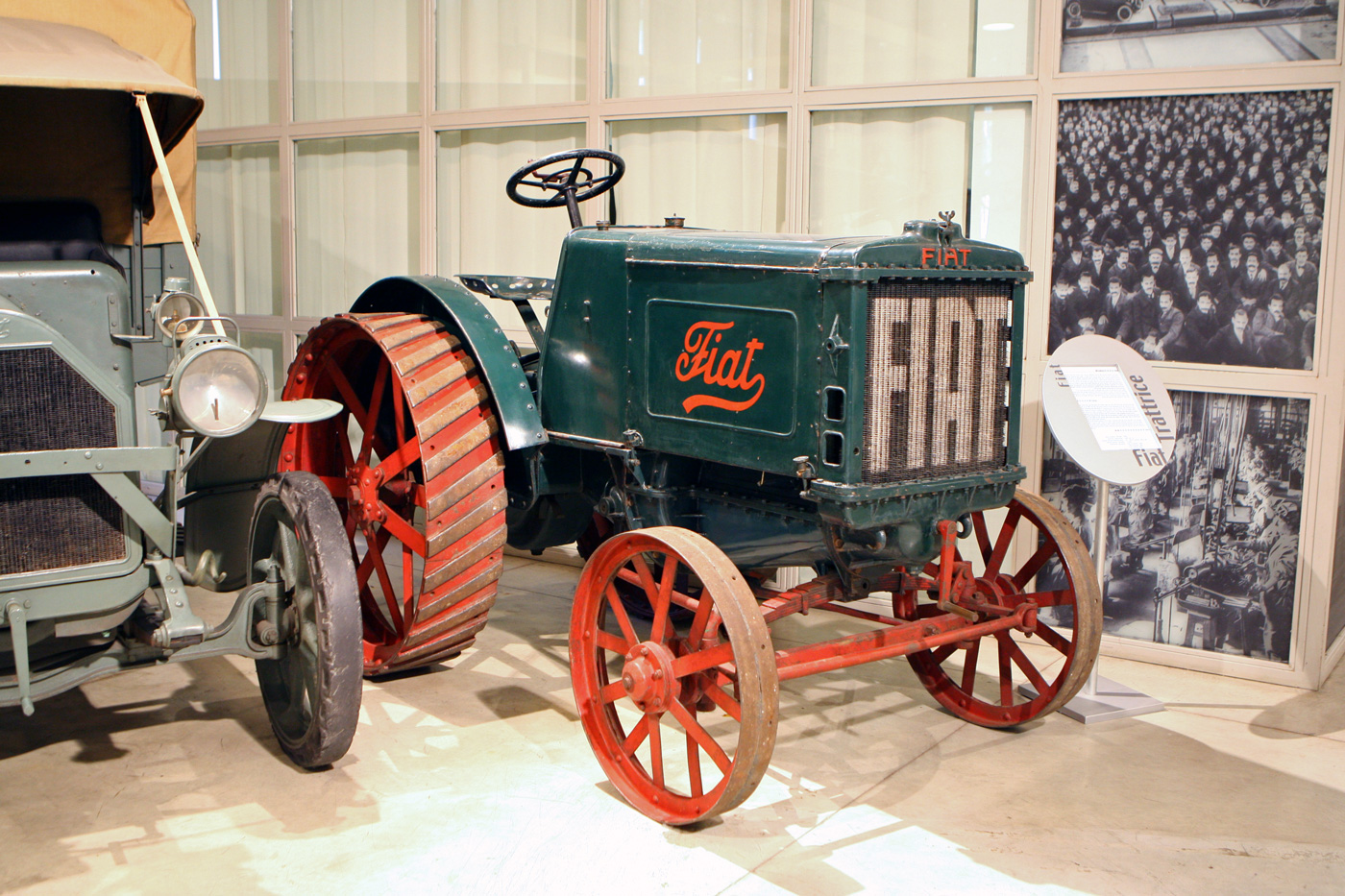
Fiat Trattori was founded in 1919 though Fiat had been developing tractors in 1910. The models produced on an industrial scale was the 702 shown here. Powered by a 4 cylinder 6.2 Litre petrol engine, production continued until 1924.
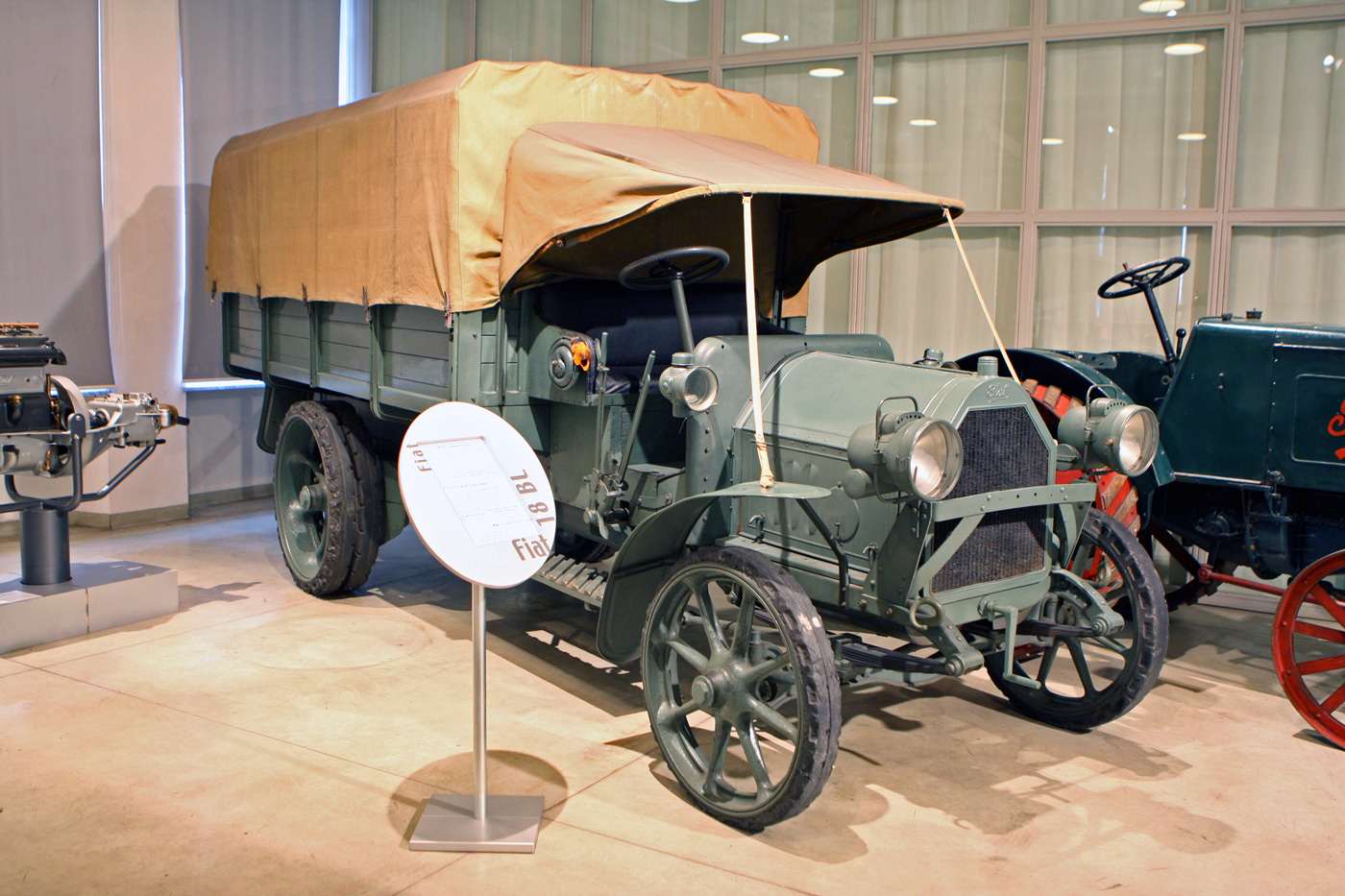
The Fiat 18BL Lorry became the mainstay of the Italian Army during the first World War. The 18BL, to a lesser extent, was also used by the British and French armed forces. So good was the design that as late as the 1940s several examples were still being used by the Italian Army during the desert campaign, though by that time they were running on pneumatic tyres. The 18BL was more than just an army truck with examples being used as a civilian truck, touring coach and city bus. During the 7 years of construction approximately 20000 were produced, which at the time was an enormous amount.
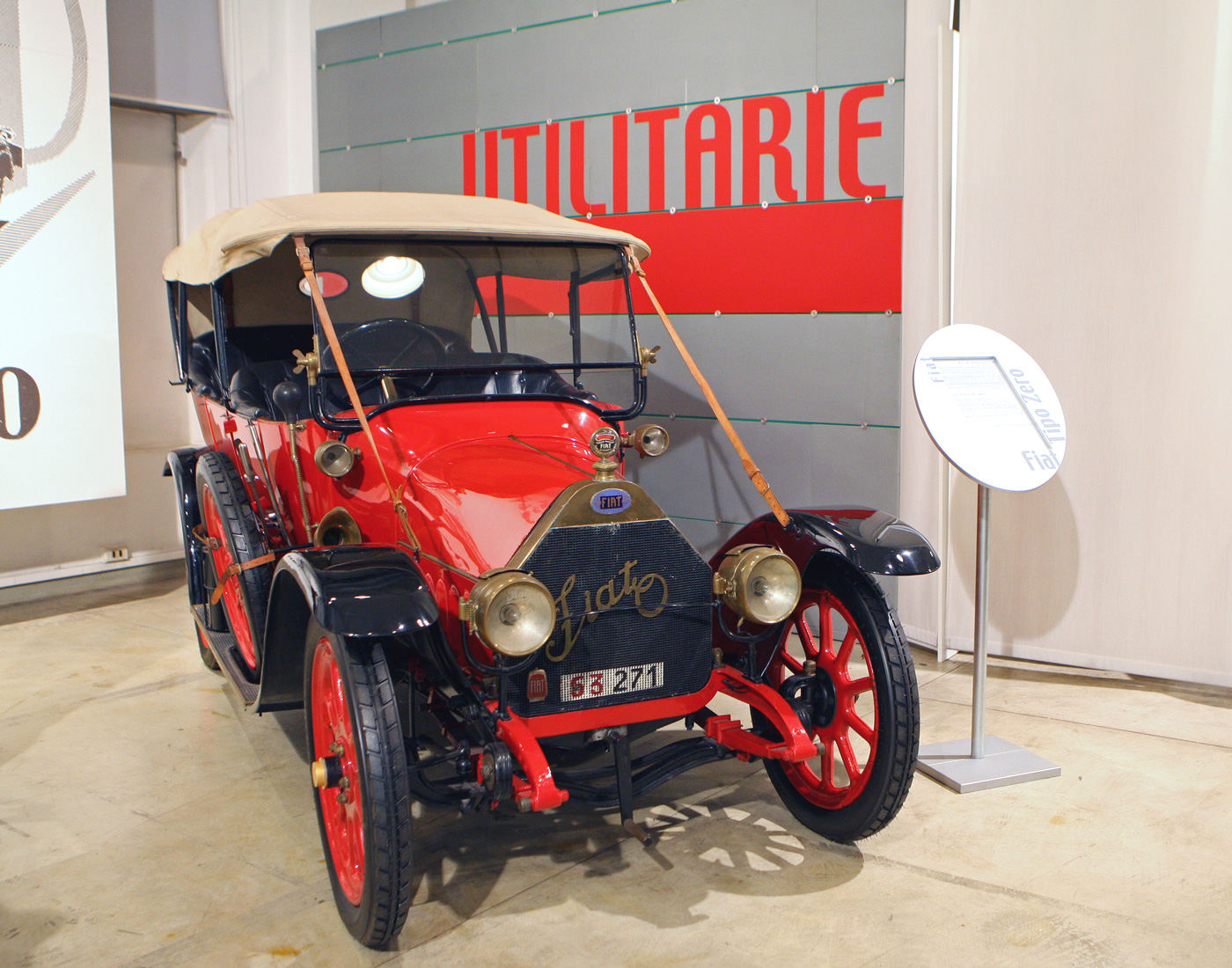
The 1800cc Fiat 12/15hp better known as the Tipo Zero is considered to be Italy’s first mass-produced small engined car. The purchase price at its launch in 1912 was 8000 Lire, but by the following year due to mass production, the sale price had been reduced to 6900 Lire. More than 2000 were constructed and originally could only be purchased with a single Torpedo type body. Later Fiat started to produce the car in chassis form to allow for various coachbuilders to fit their own bodies. Less well known was the Brooklands type sport model, of which 78 were constructed, which was fitted with a pear-shaped radiator to resemble the S61 and a more powerful 21 hp engine.
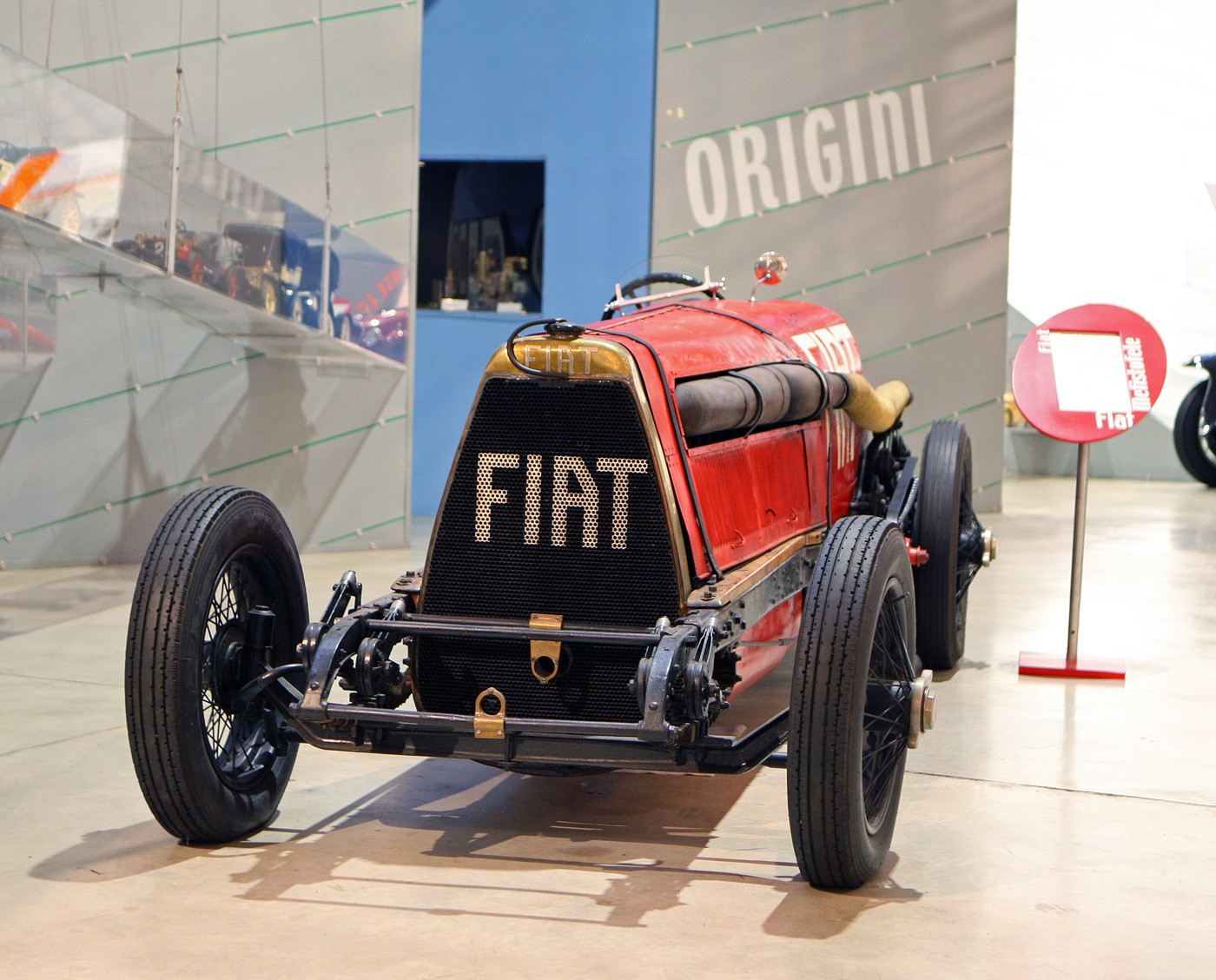
A devil of a machine, July 1924, Arpajon France, Rene Thomas had already clocked a speed of 143.31 mph in his 10.7 litre V12 Delage when Ernest Eldridge lined up in his latest racing car, a giant of a machine, built around a lengthened 1908 Fiat SB4 chassis to which Eldridge had fitted a 21.7 Litre straight six airship engine producing over 300 bhp at 1800 rpm. Painted black and nick named Mephistopheles, a demon in German folklore, Eldrige roared down the course never in a straight line for than a second or two to record a two way average speed over the timed kilometer of 146.8 mph to claim a new World Land Speed record.
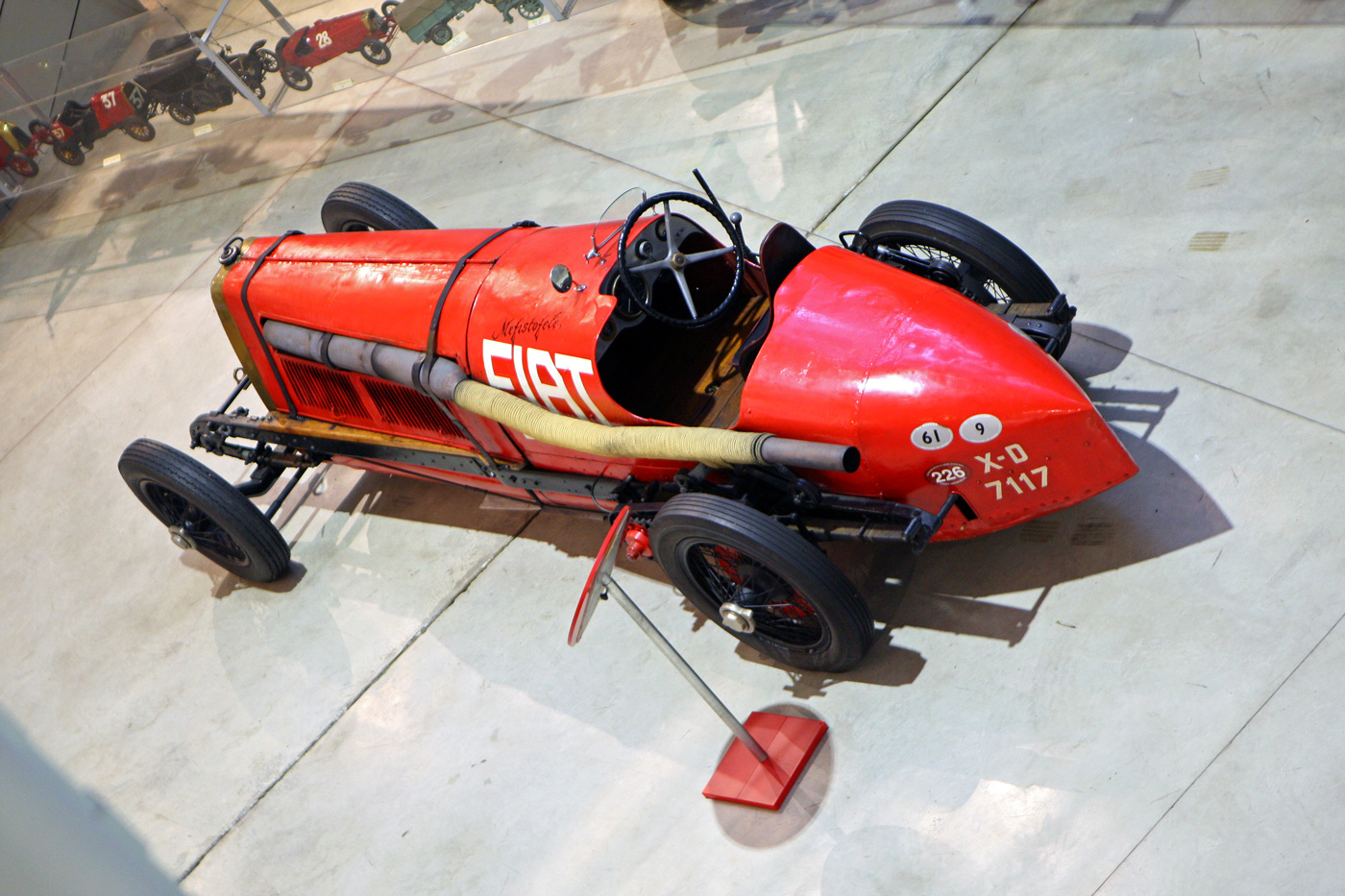
But not for long. Rene Thomas, after inspecting the black Demon, protested the car on the basis that it did not have a reverse gear. The rules at the time stipulated that all cars involved in record attempts be fully road legal which included having a form of reverse gear. The story goes that Eldridge immediately drove to Paris and had the demon fitted with a very crude electric motor which gave a speed in reverse of about 1 mph.
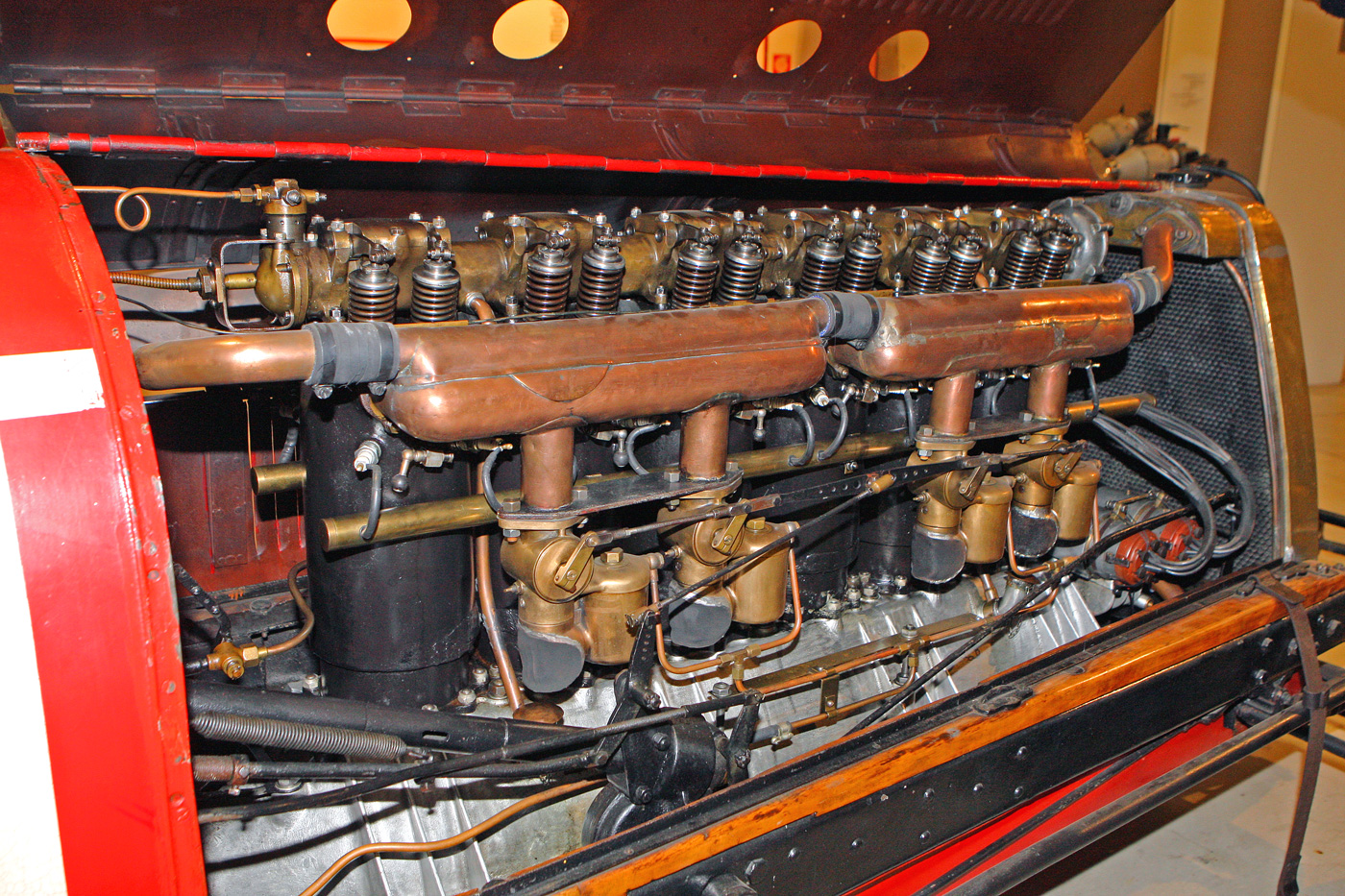
With the demon fully compliant Eldrige returned to Arpajon and broke the record official but at a slightly reduced speed of 145.9 mph. Much later Eldridge sold the demon to a fellow racer who continued to campaign it before the demon was retired. In 1961 Fiat purchased the car and after a three year restoration Mephistopheles roared again but this time in red.
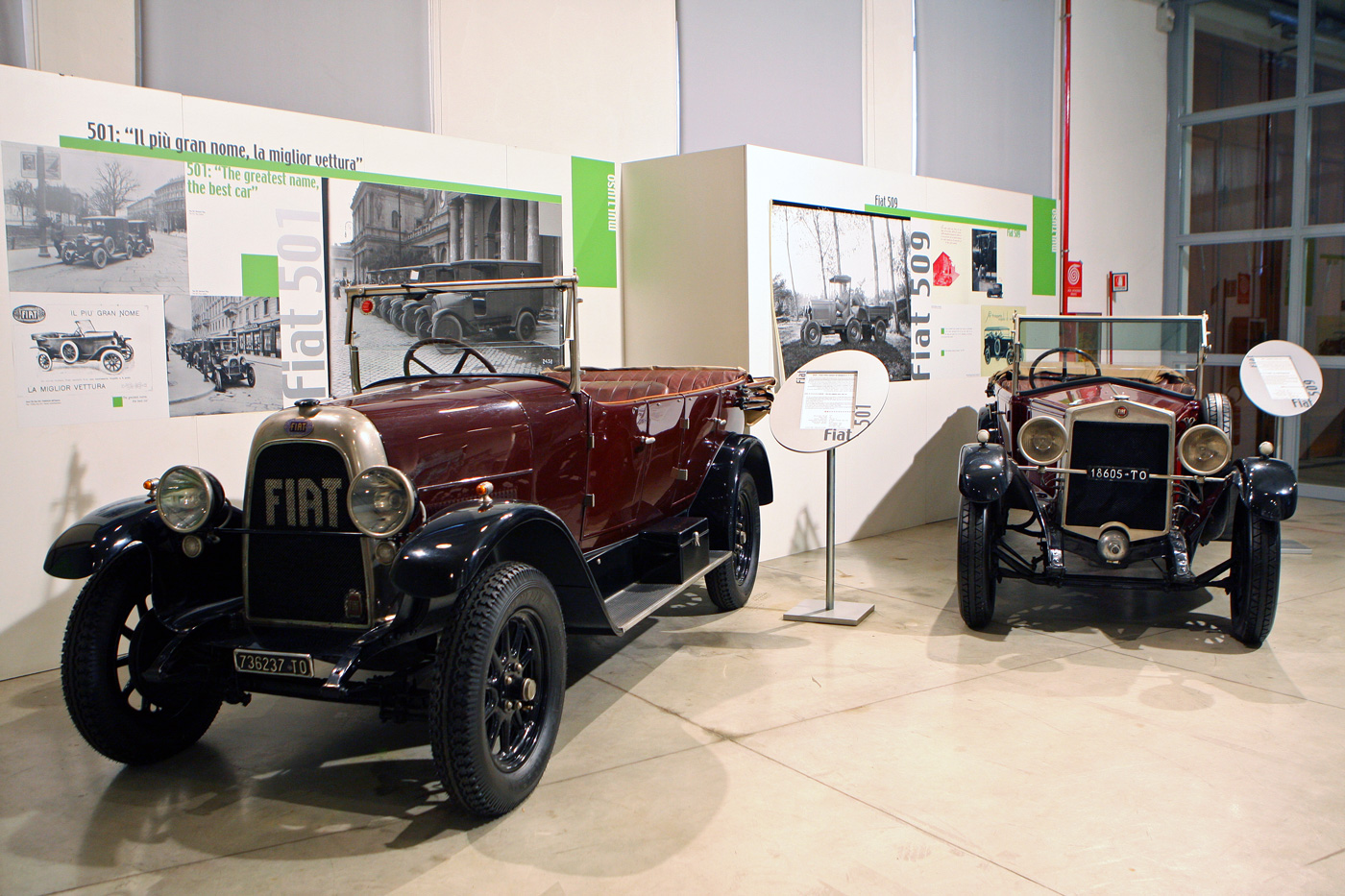
The 501 was an important car for Fiat. Launched in 1919, it proved to be hugely successful with over 45,000 being produced in Sport, Taxi, Colonial and van form. The technical design process was under the supervision of the lawyer Carlo Cavalli. The 509 was constructed at the newly completed Lingotto plant. First shown in chassis form at the 1924 Paris Salon the complete 509 was launched at the 1925 Milan Motor show. Available as a Berlina, Torpedo, Cabriolet, Spider, Coupe and Coupe Royal, much of its commercial success was due to the sophisticated modern marketing techniques that Fiat employed.
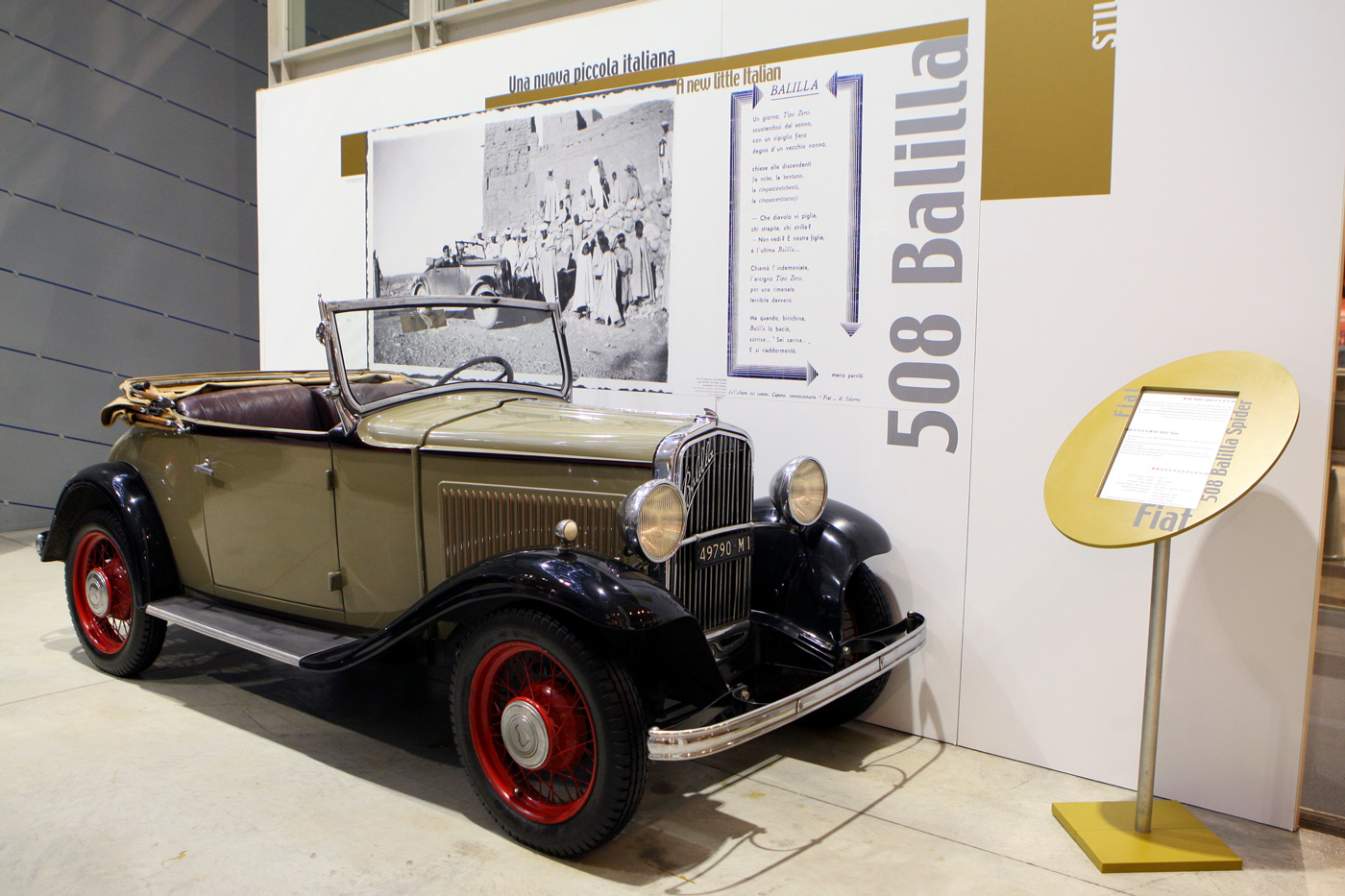
Known as the Balilla, the 508 was launched at the 1932 Milan Motor Show and at the time went on to became the most popular model produced since the inception of the company. The example on display is a 1932 Balilla Spider Deluxe – a two seater with chromed bumpers, radiator surround and headlights.
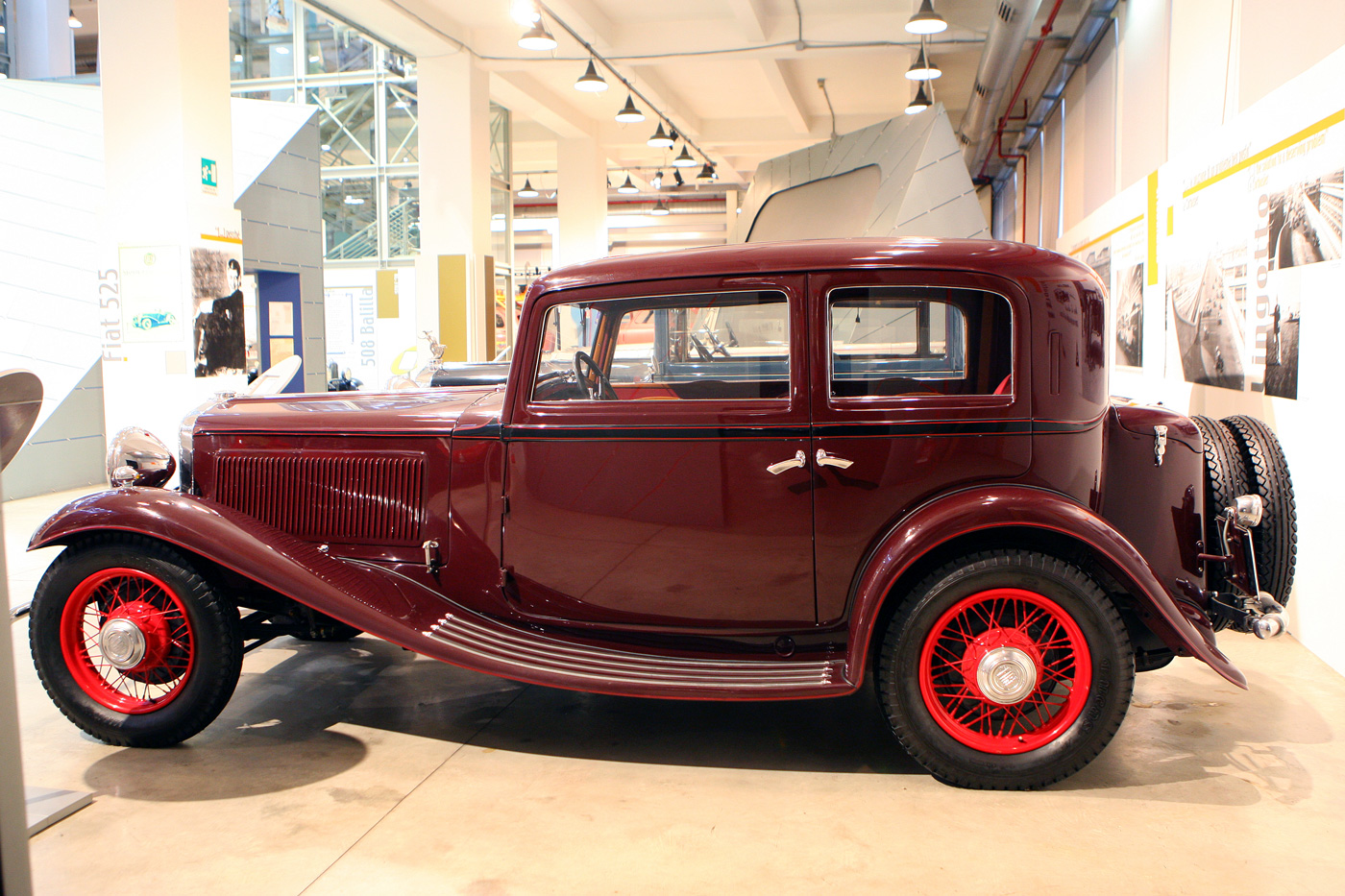
Introduced at the 1932 Geneva Motor show, the 522S was the sports version of the 522. Built in two and four door versions and powered by a 2516cc six cylinder engine, a total of 732 were produced between 1932 and 1933.
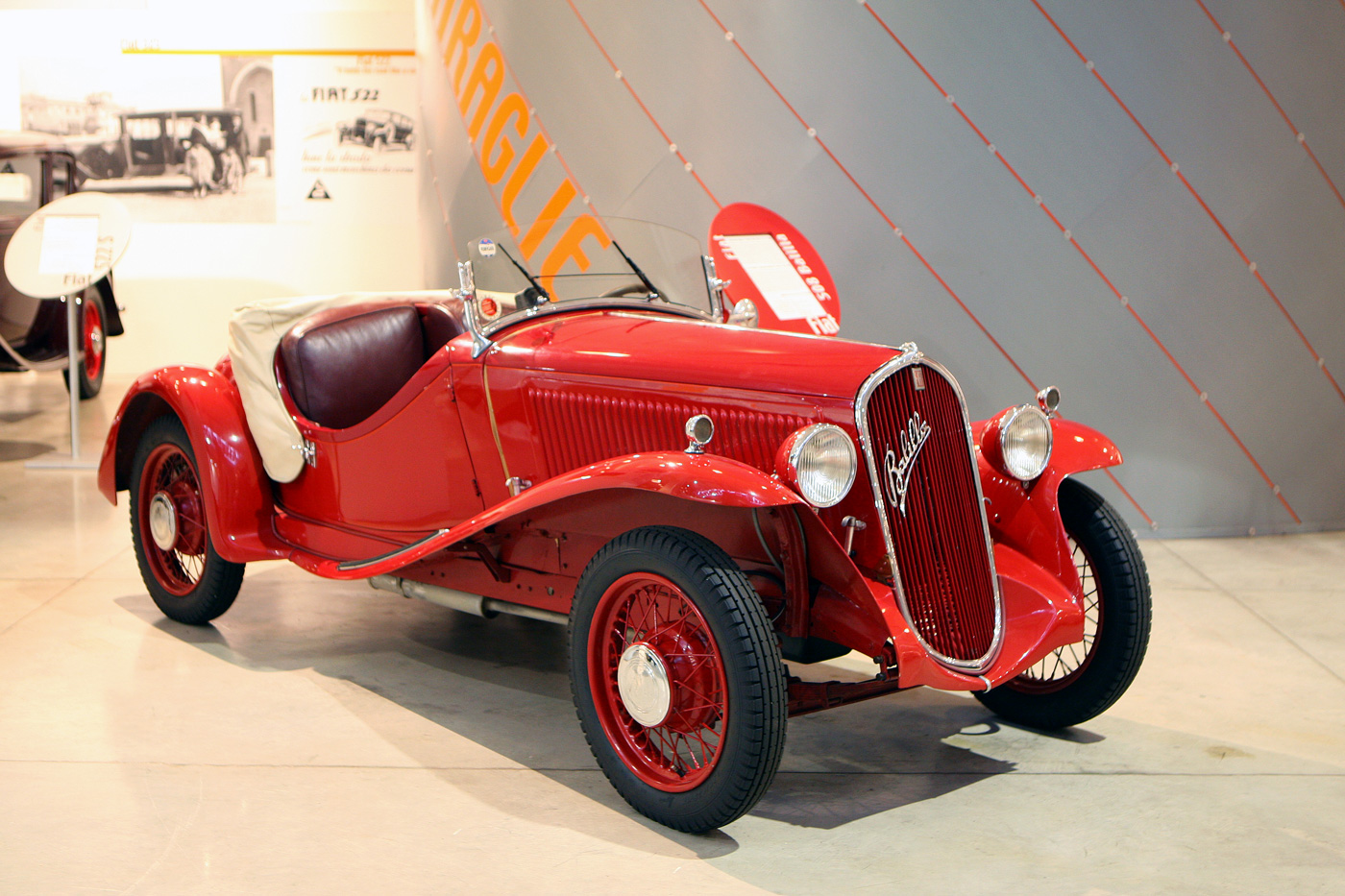
Described as the queen of the 1100s the racing version of the Balilla, the 508S, was launched at the 1933 Milan Motor show. Fiat purchased the original design from Ghia, and following a few changes, put the model into production. They were easy to handle with excellent road holding and allowed the less well-heeled to race in the Mille Miglia, Targa Florio, Coppo D’Oro etc.
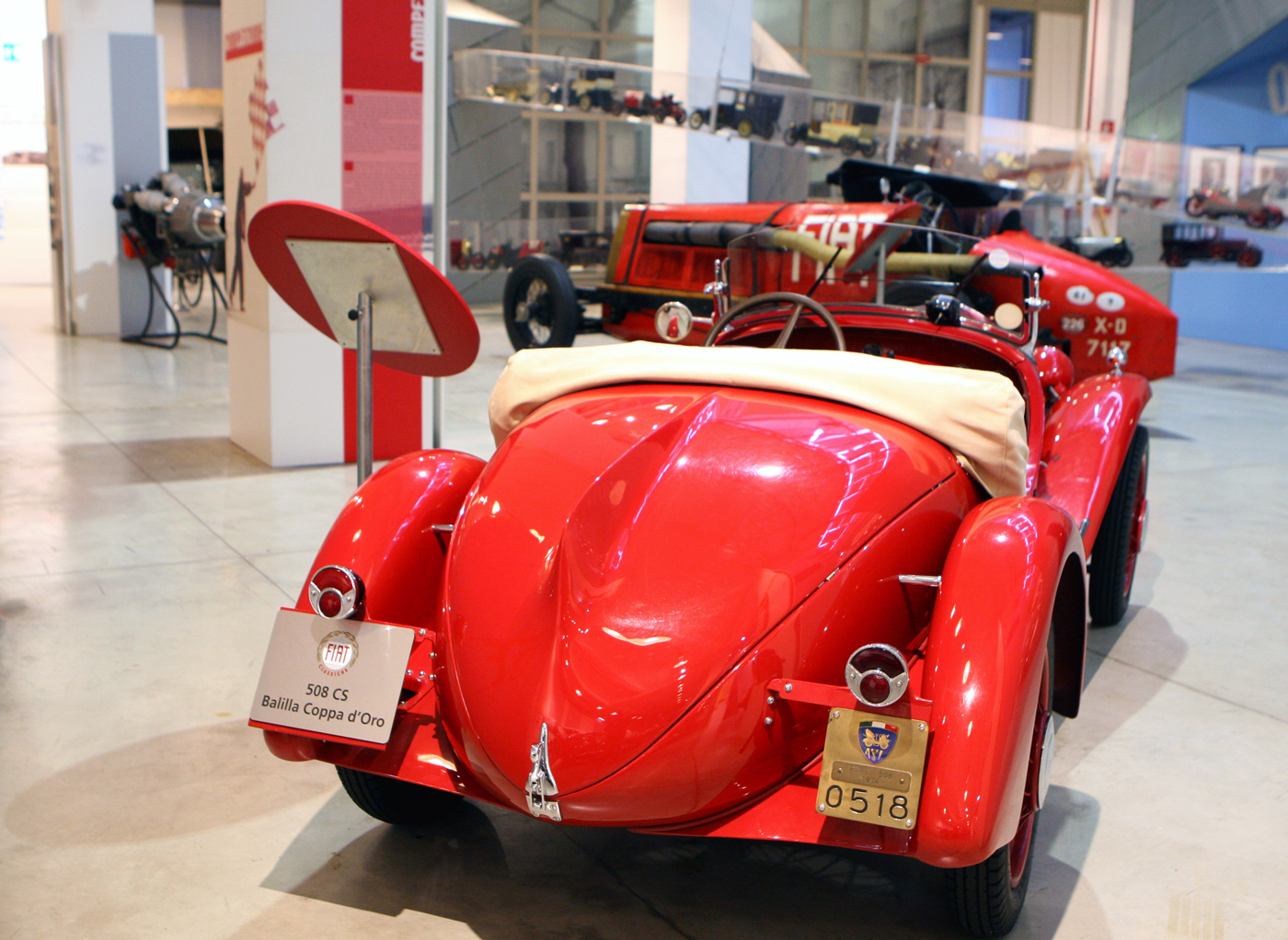
The Balilla was offered in 30 bhp in side valve 508S form, and 36 bhp in overhead valve form with a four speed gearbox and an extended chassis as a 508CS. The Millie Miglia versions came with separate motor cycle style wings, and the Coppo D’Oro versions had wings which blended into the running boards.
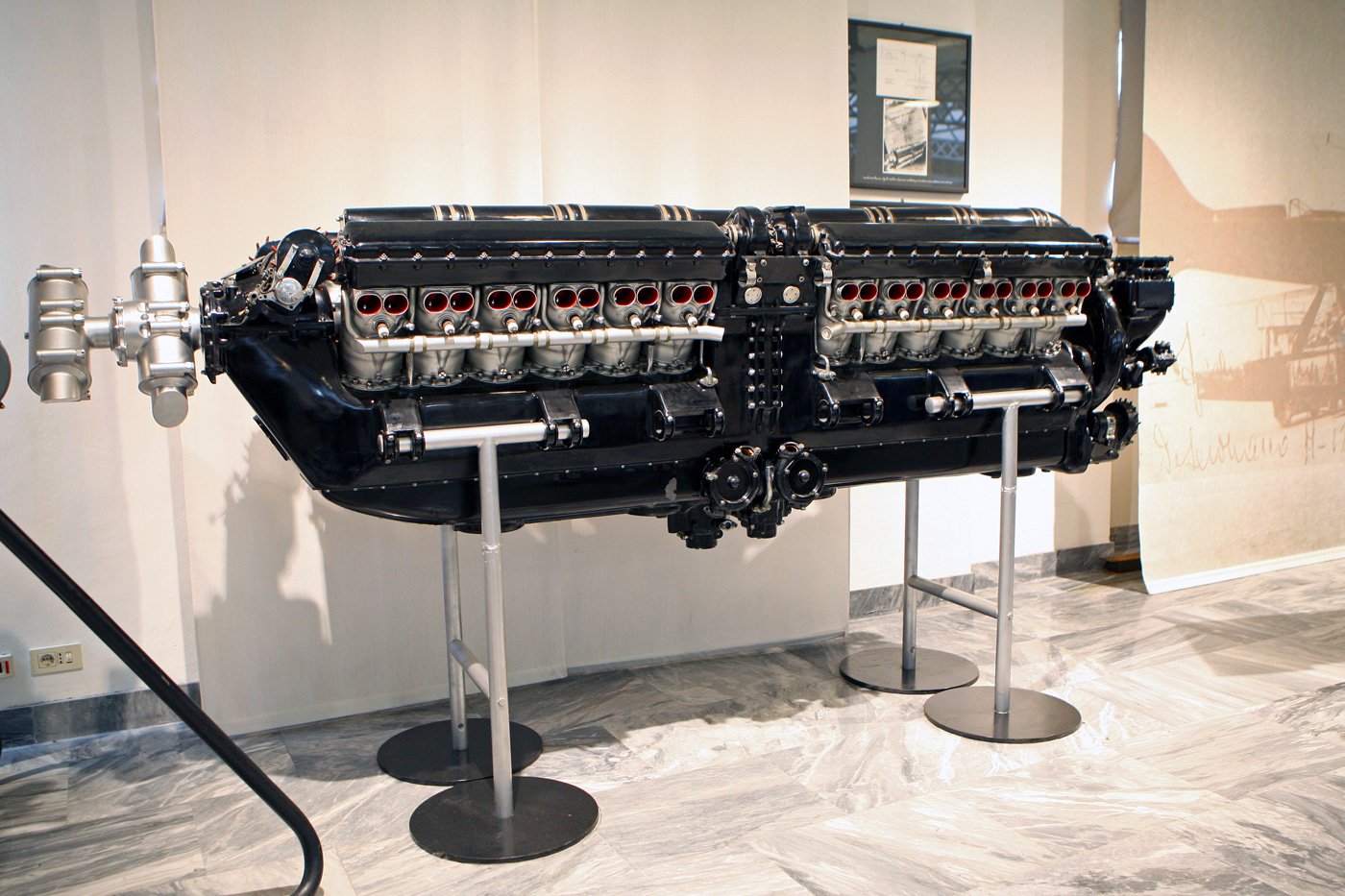
24 cylinders in a V configuration, an output in excess of 2500 hp driving contra rotating propellers, the Fiat AS6 powered the beautiful Machi Castoldi MC72 piloted by Franesco Agello to record the fastest EVER speed in a sea plane. On the 23rd October 1934, over four laps of a course laid out on lake Garda Agello he pushed the speed record to an unbeaten speed of 709.202 kph (440 mph).
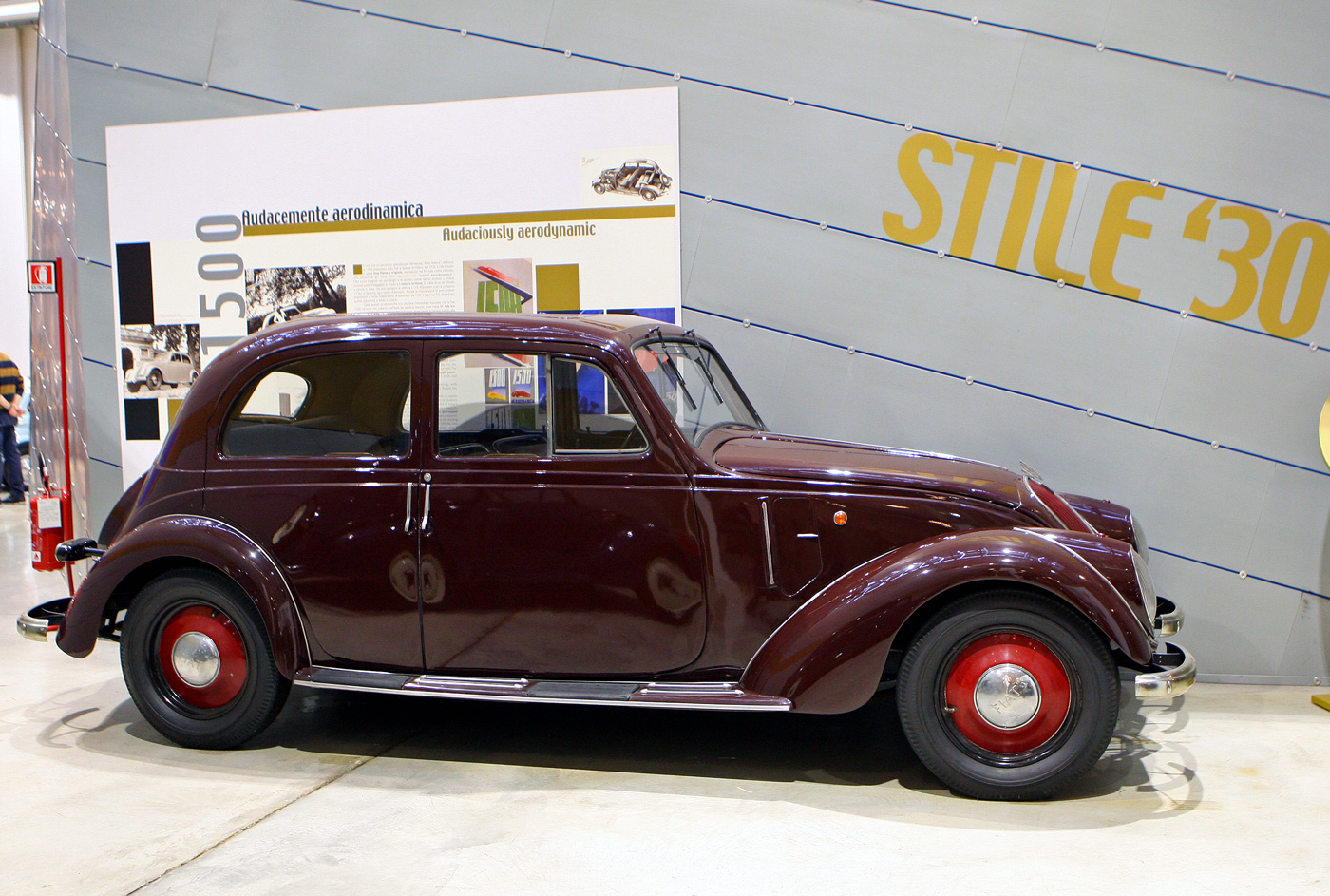
Auto Italiana described the 1500 as being ‘audaciously aerodynamic,’ Launched at the 1935 Milan Motor show and costing 21000 lire, the 1500 was an instant hit not just in Italy but throughout Europe.
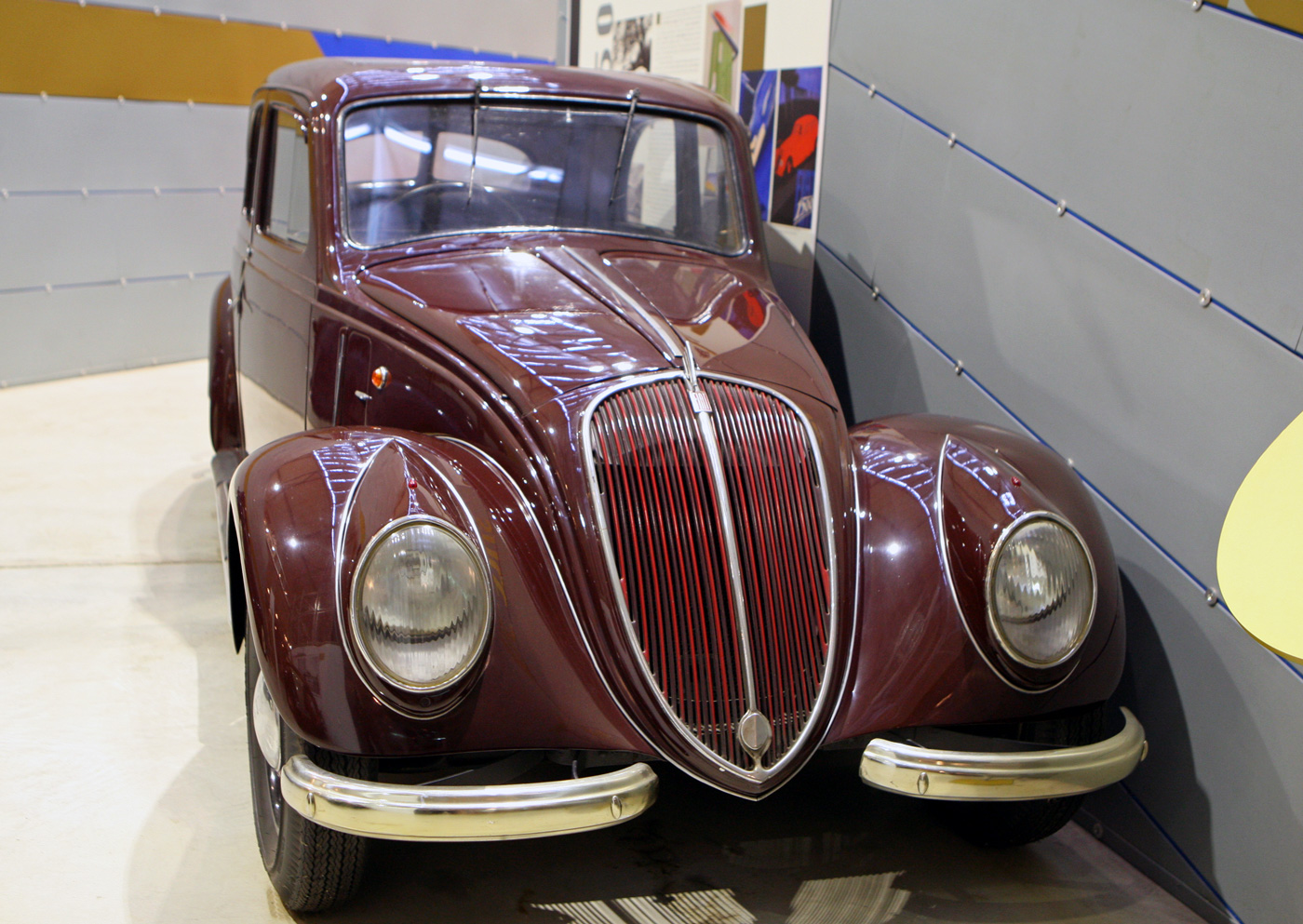
A smooth six-cylinder overhead valve engine propelled the car to a top speed of 115 kph and with independent front suspension (the first Fiat thus fitted) and a tubular frame the 1500 was considered to be the one of the most modern saloons of its day.
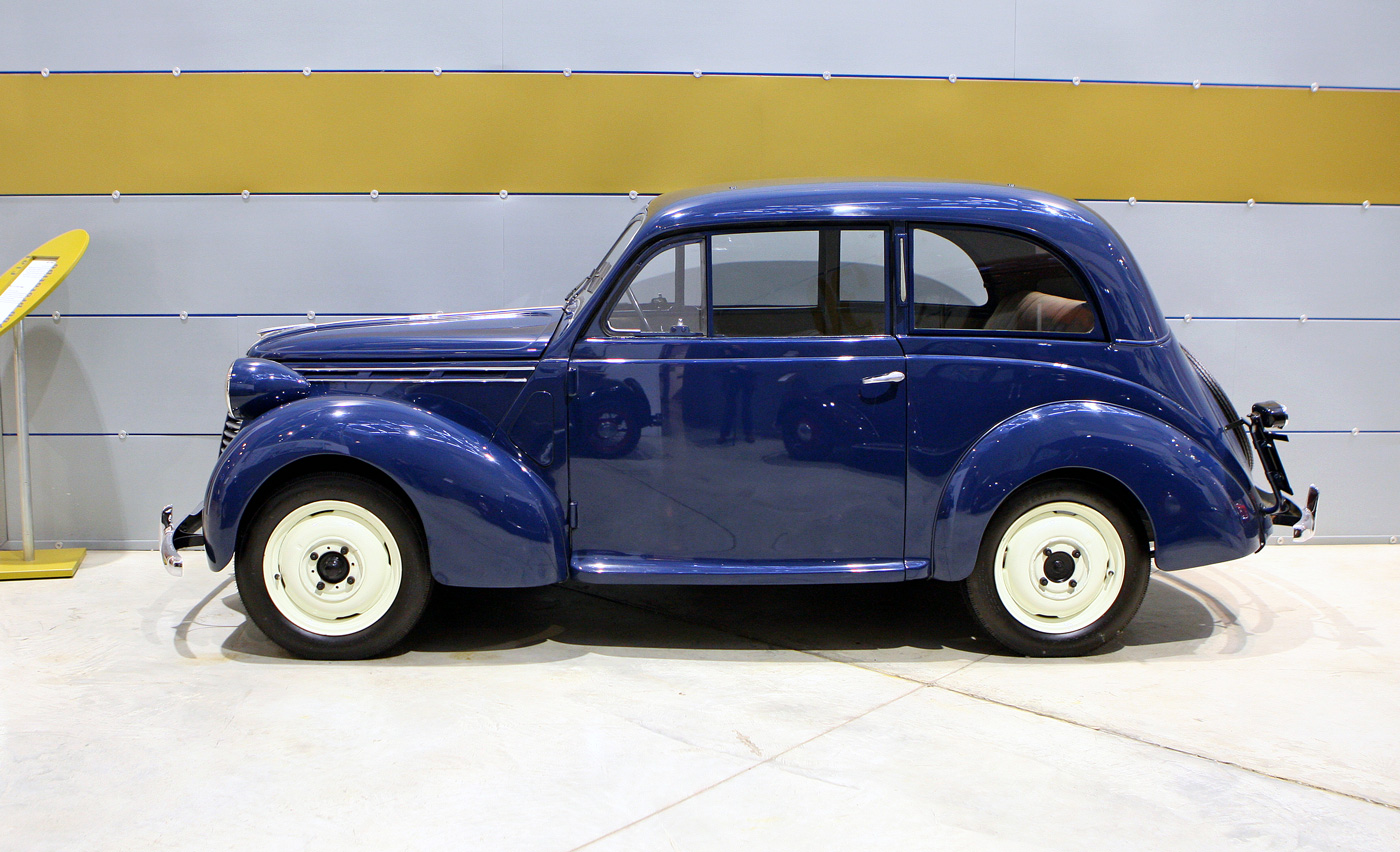
One of Dante Giacosa’s many innovations, the traditional looking but very innovative 700 with its stress bearing body and aluminum crankcase was presented to Mussolini on the 15th May 1939 at the inauguration of the Mirafiori plant.
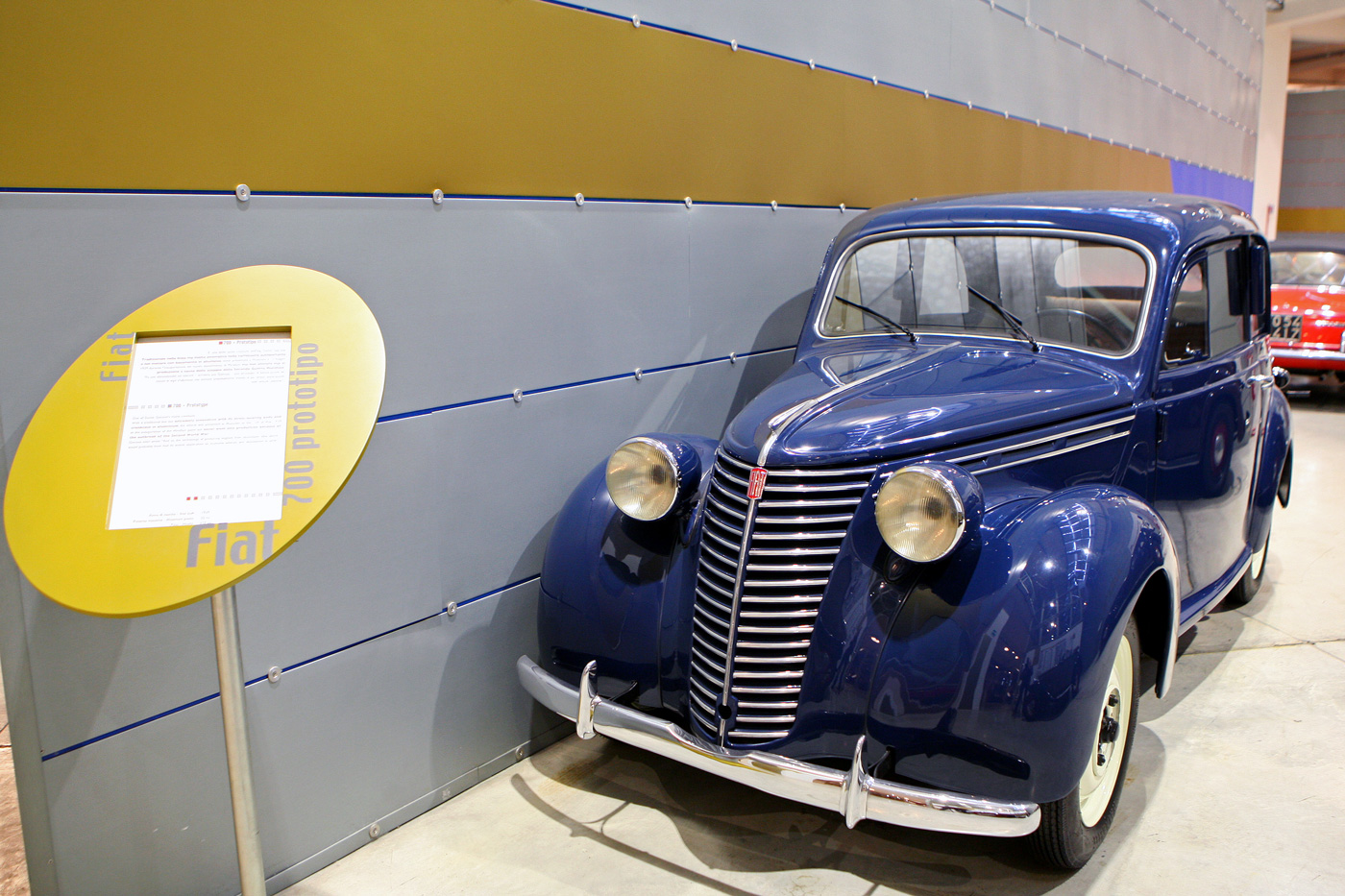
Due to the outbreak of the second World War the car never went into production. Giacosa would later write ” and so the technology of producing engines from aluminum alloy which probably would have had its widest application on economy cars was abandoned at birth”
Next: From 1945 to the 1970s
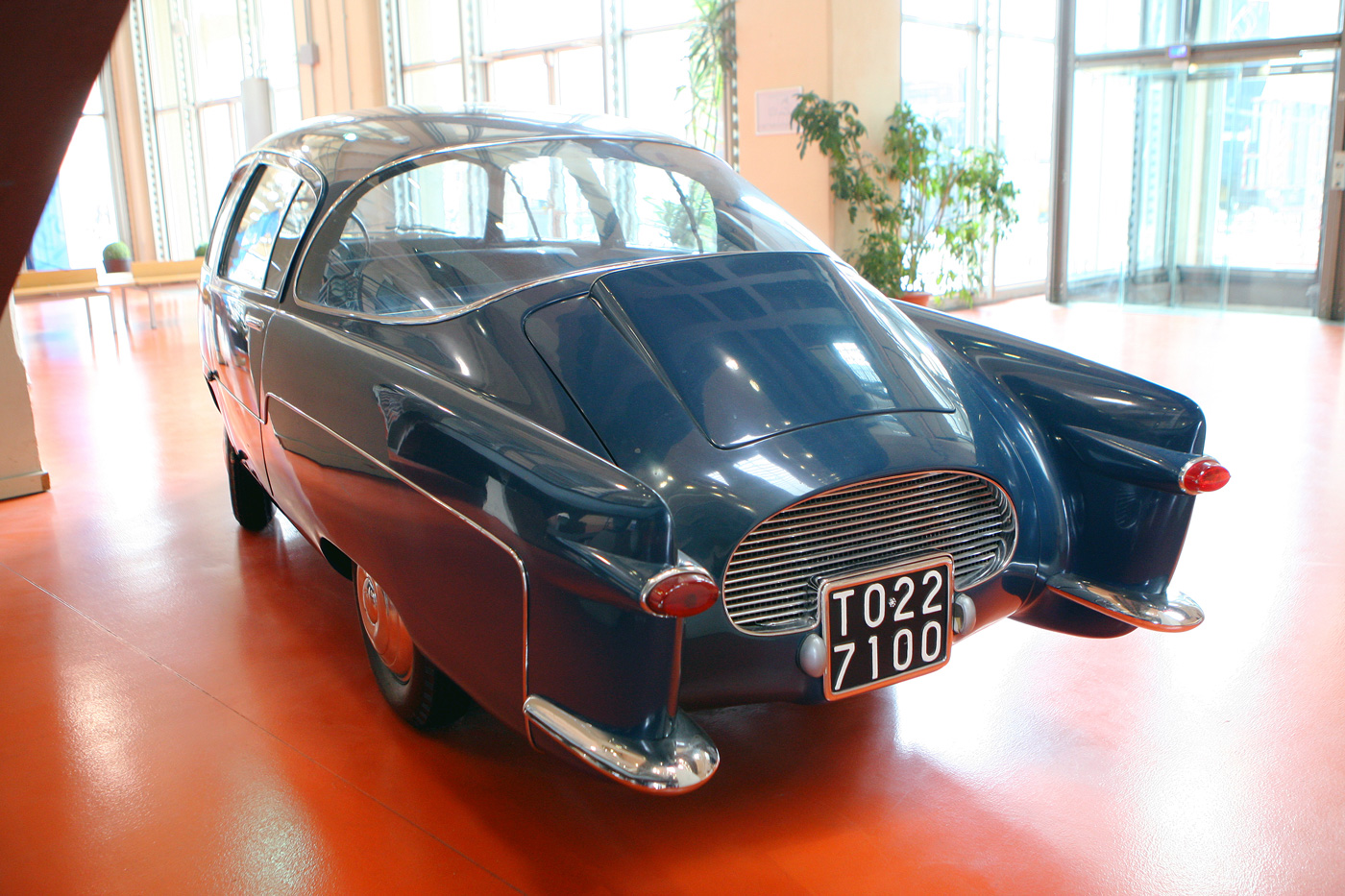

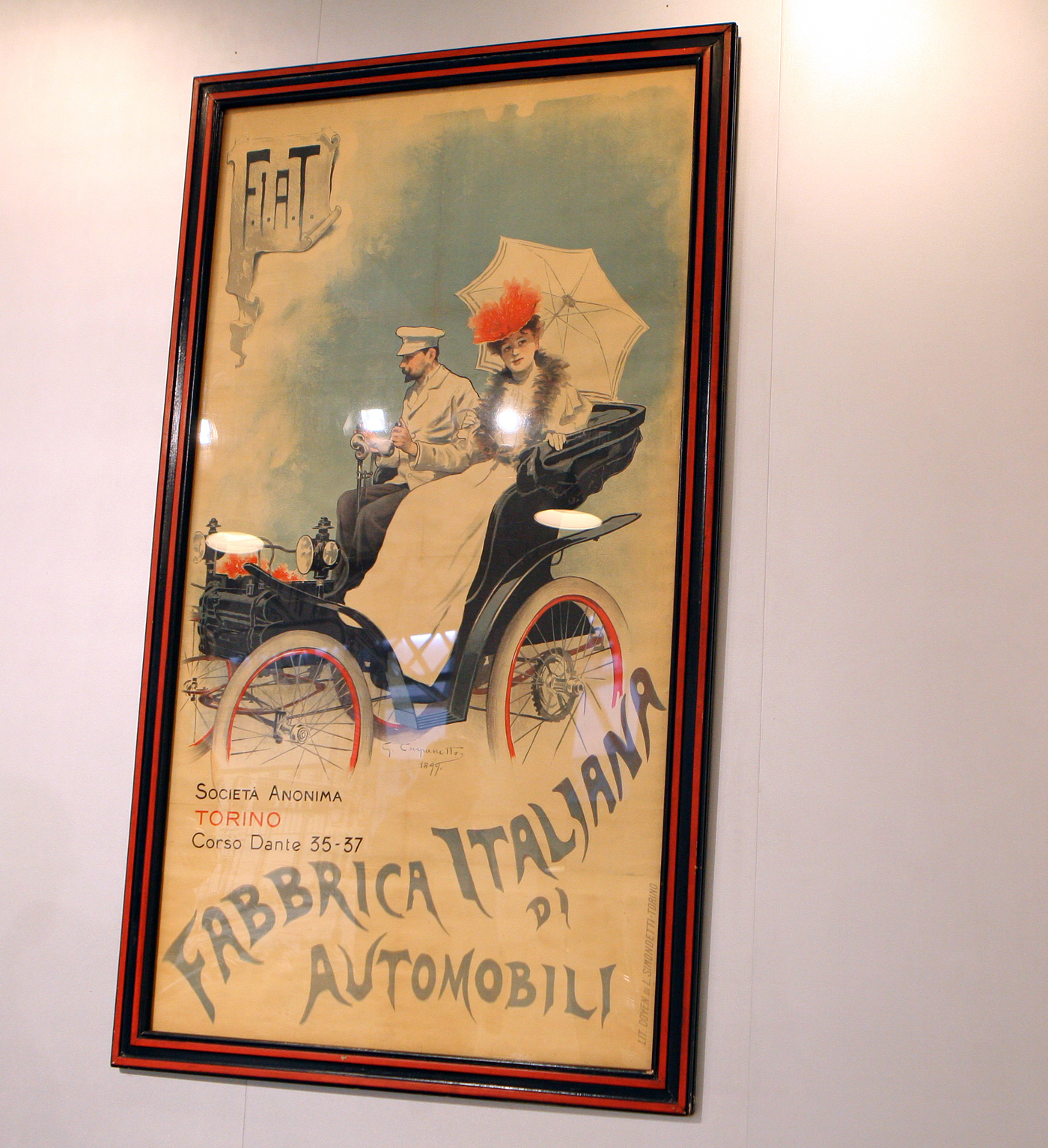
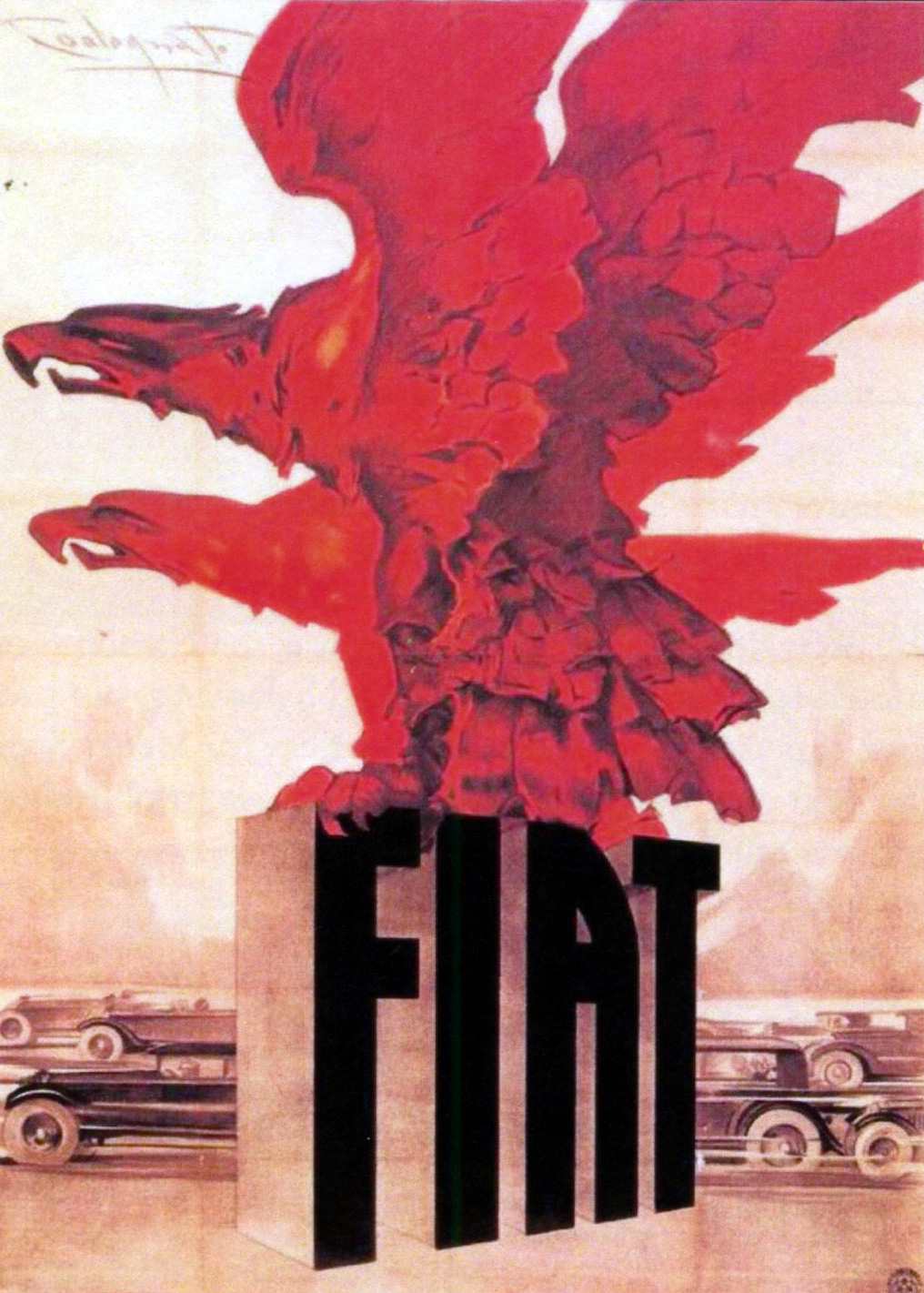
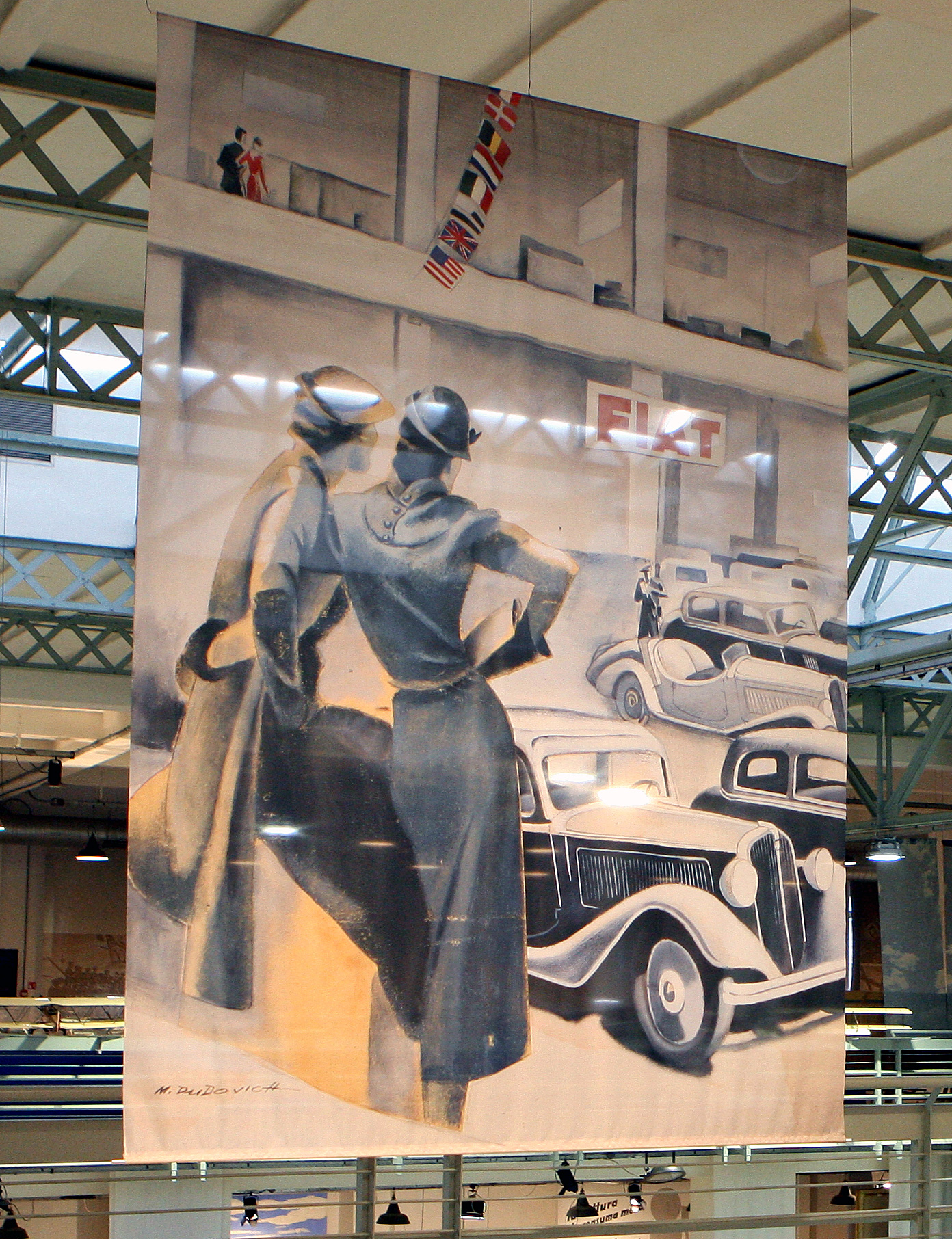
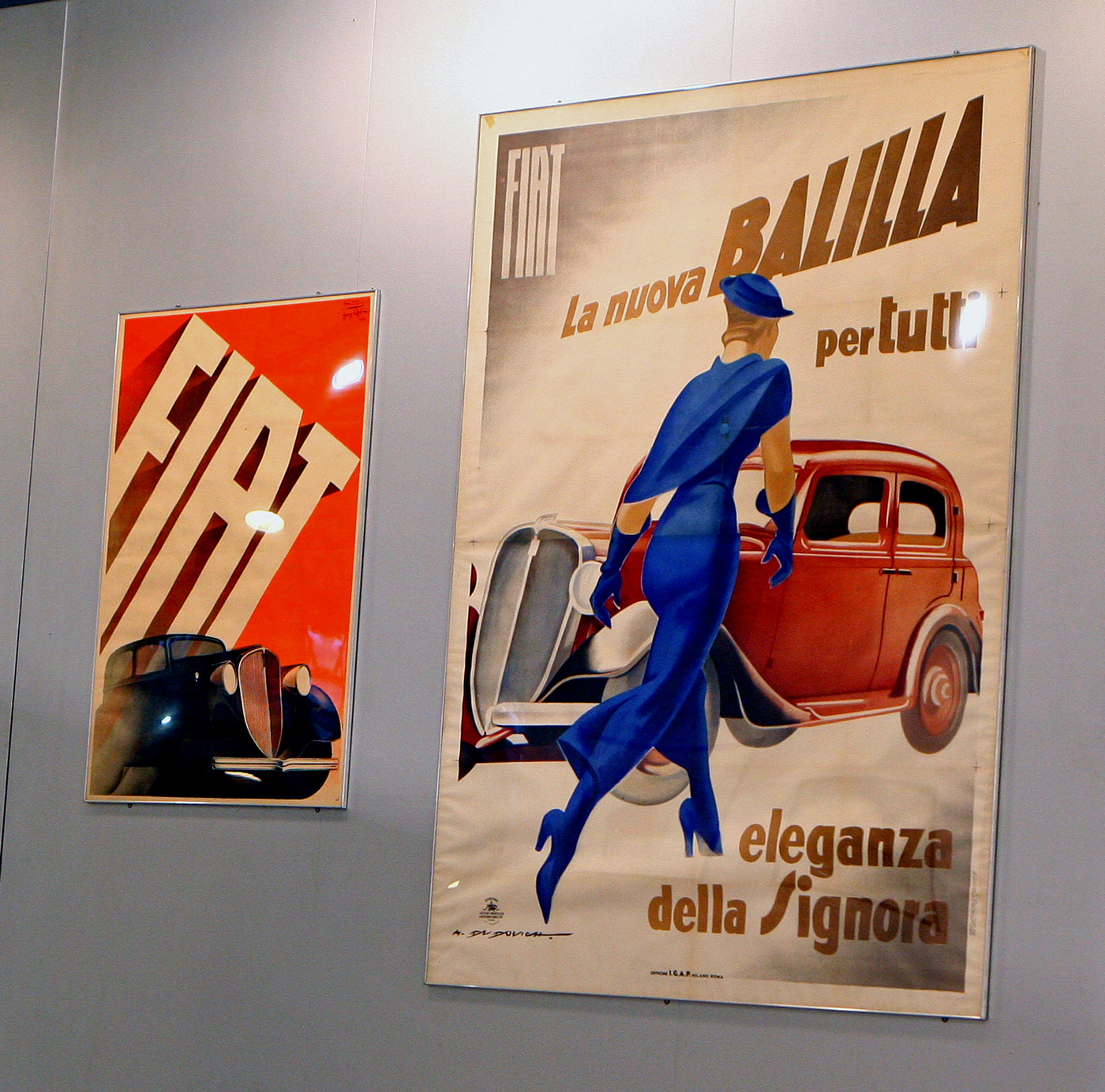
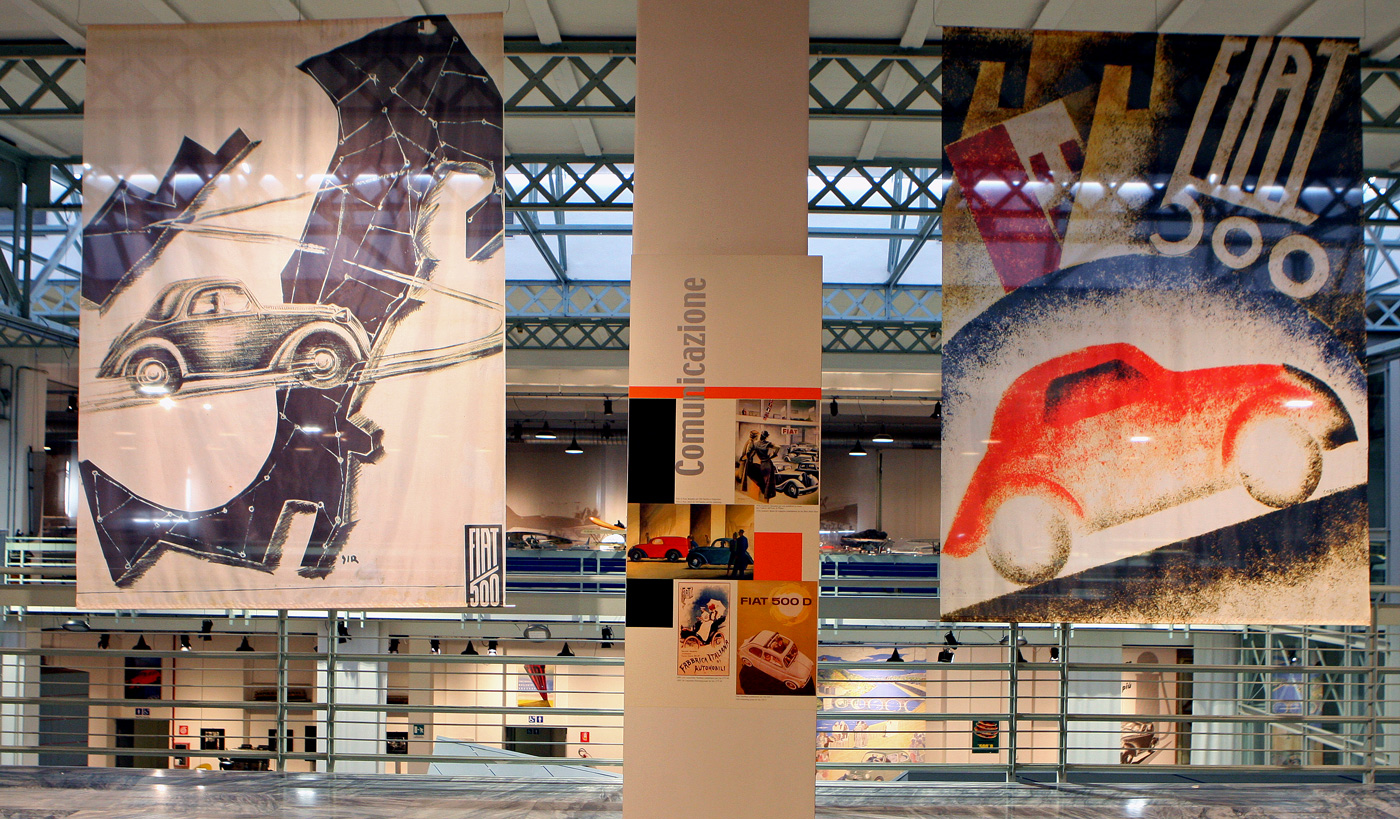
The “streamlining” on the Fiat 1500 in 1935 looked better than the equivalent Chrysler.
Think it was called the “Airflow”.
The Siata 300BC shares some of its “bones” and much of its heritage with the Amica model shown in the article. The story is that first there was the “Orchidea” built for Otto Linton, using a tube frame hung with Topolino suspension, brakes, and transmission but using an American Crosley 723cc motor. The relative success of the car in racing led Tony Pompeo and Girogio Ambrosini to produce a series specifically for racing…but it was difficult for the small firm to get consisent results welding the small frame tubes so instead the center box section from the Amica was substituted, adding over 250 pounds to the finished car despite the Bertone designed aluminum body. But if you look into the engine bay of the Amica the front transverse spring, lower A arms, radiator, and footboxes should look familiar to anyone who has peeked into the innards of a 300BC. In addition, that model achieved all the racing success wished for, relying on Topolino brakes with custom pressed on aluminum fins for stopping power. Among other racing achievements my own car (ST402) had a class win at both Allentown and Thompson, competed in the last race run on the original street course at Watkins Glen in 1952, and finished 20th overall at Sebring in 1953.
Both models are quite attractive, and it is great to see that Fiat Heritage also appreciates the delicate beauty of the Amica (Italian for “friend”)
Thanks for running the pictures of Morelli’s 1955 teardrop study. Dr. Morelli was well known as an aerodynamicist and his later work on low drag shapes has influenced a number of high efficiency prototype vehicles. A good assortment can be found with a Google Image search for his name and ‘aerodynamic’. For example:
The Pininfarina X and Y prototypes c.1960 were Morelli’s work, see: https://www.macsmotorcitygarage.com/rhomboid-dream-the-1960-pininfarina-x/
More recently the designer of this fuel cell powered car cites his work:
> A lot of research was done in Italy in the 1970s by a guy called Dr Alberto Morelli. A teardrop is the lowest drag shape in free air, but close to the ground you need a slightly different shape. The Aptera was a Morelli body shape but it was not very practical for a real-world car.
See https://www.greenmotor.co.uk/2016/12/riversimple-mind-hugo-spowers.html
He was also a super guy. He and Bill Milliken (my father) were correspondents and I have good memories of his visit to us in Buffalo, sometime in the 1980s.
In the mid to late 1950s there was an auto wrecking yard in the San Diego area called “Fords & Foreigns”. I used to haunt the place looking for unusual cars and parts. I remember seeing a small OHV 6 cylinder engine there that had “Fiat 1500” written on the cast aluminum valve cover with a paint marker. I don’t recall if the transmission was still with it. No car was in evidence among the many. I tried to figure out a use for it, but to no avail. It was very interesting to see a version of the delightful car that it would have been in from this article. During this time I was rebuilding the engine for a Lancia Lambda in the High School machine shop so I was interested in anything Italian.
This is a great report and I look forward to the next episode!
Lovely place. Been many times, never fails to interest.